India is a country with diverse cultures, rich history, and some breathtaking landscapes. Almost all types of landscapes can be seen in India from seascapes in the coastal regions, to the grand mountainous landscapes in the north including deserts and plateaus in between. Besides these, some of the best historic architectural structures are also seen across India and India is also famous for its colorful streets, making it a great place for street photography.
Since India is a very large country, it is divided into 28 states and 8 union territories. While the states have their own government and the union territories are governed by the central government. Each state and union territory has its own culture, and mostly its own language as well.
In this article, we have put together some photos from India that show its landscapes and architectural heritage. We have made sure to present at least one photo from each state and union territory. The beauty of the landscapes, the grandeur of the architecture, culture, celebrations, etc., in India is much more breathtaking but we have only added images that are free to use.
1. Andaman and Nicobar (UT)
Capital – Port Blair
Andaman Islands, Andaman and Nicobar Islands
Andaman and Nicobar Islands are located in the Bay of Bengal. These are a group of 572 islands, of which only 36 are inhabited. The islands are a part of India and a union territory. The territory is inhabited by nearly 380,000 people. These islands are also known as the Islands of Blue Waters and are the home to indigenous tribal communities. Each tribe has its own language and customs.
This group of islands is famous for its pristine beaches and fringing coral reefs.
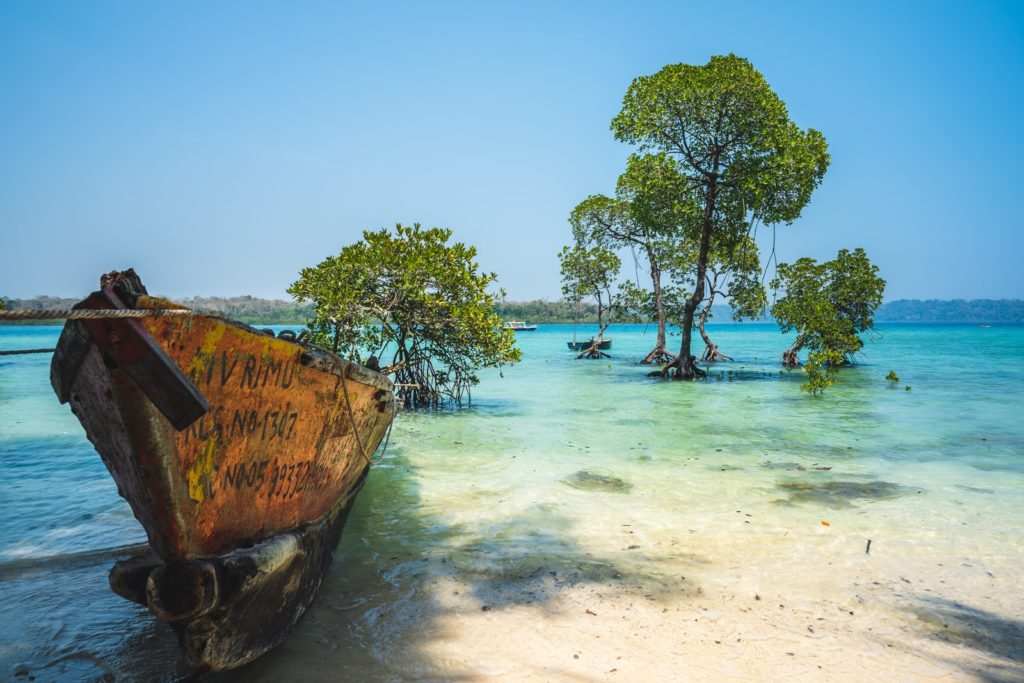
Barren Island
The Barren Island is an island located in the Andaman Sea and the Barren Volcano, the only active volcano in India is located here. The first recorded eruption of the volcano dates back to 1787 and the most recent one in 2020 harming the fauna in the island. This island stands in the midst of a volcanic belt with the highest elevation on the island at just 353 m because most of the volcano is underwater. It stands at 2,250 m below sea level.
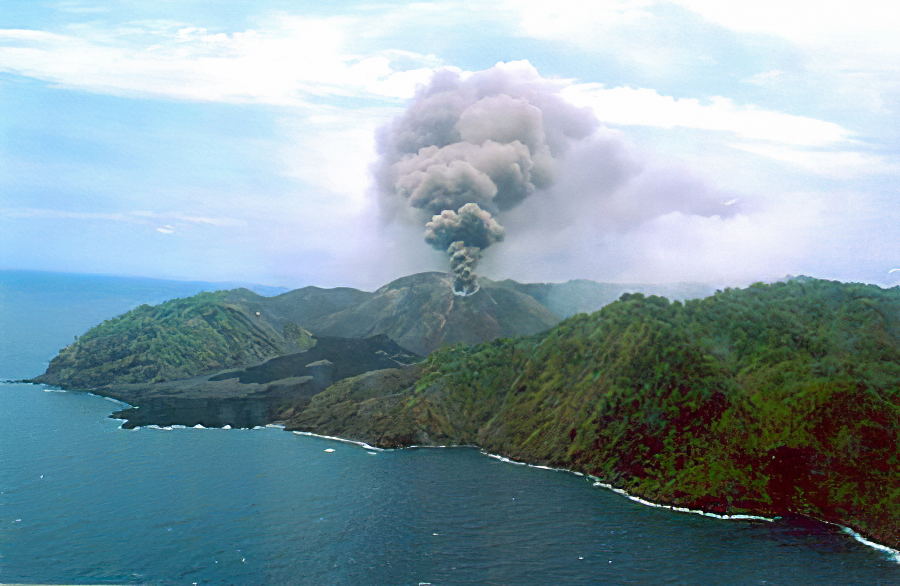
2. Andhra Pradesh
Capital – Amaravati
Araku Valley
Araku Valley is a beautiful valley and hill station located in Andhra Pradesh, India. It is a valley formed by the Araku river and is located in the Eastern Ghats. It is a place that is rich in natural beauty and has a lot of interesting things to explore.The valley is famous for its lush green coffee and tea plantations, with a number of coffee and tea producers in the area. A visit to Araku Valley is a must for those who love adventure and want to explore nature at its best.
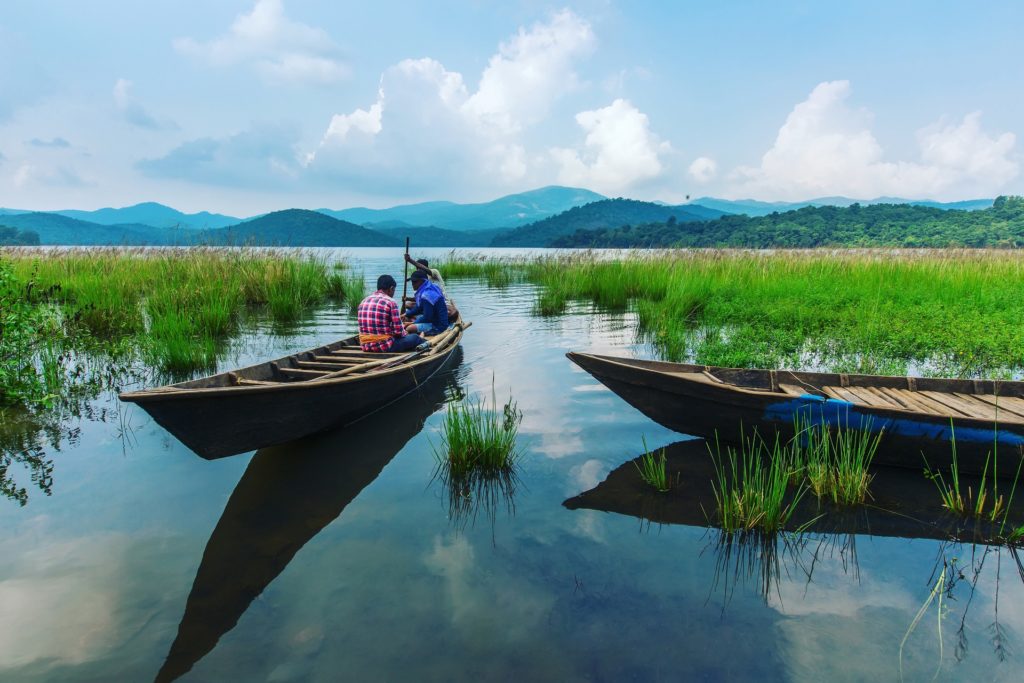
Yarada Beach
Yarada beach is situated on the east coast of India and is a very picturesque beach in Andhra Pradesh. The beach is surrounded by hills and is an ideal location for nature lovers. The beach is situated at about 15 km from Visakhapatnam and is one of the cleanest as many people do not crown in this beach.
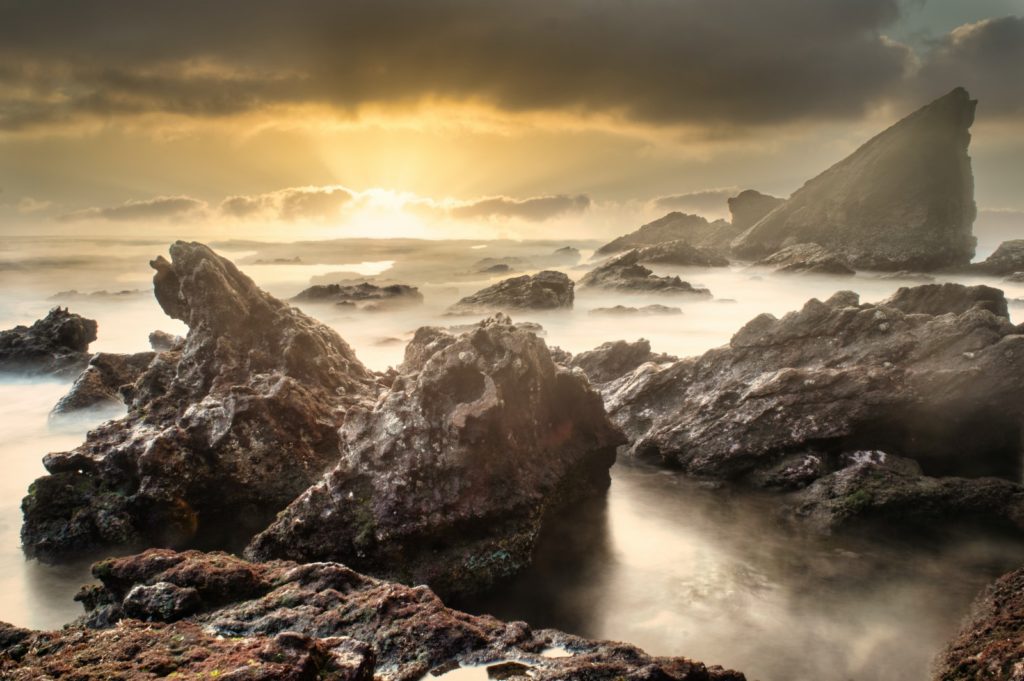
3. Arunachal Pradesh
Capital – Itanagar
Sela Pass
Sela Pass is a high-altitude mountain pass in the Karakoram mountain range between the Hunza Valley and the Siachen Glacier. It has an elevation of 4170 m.
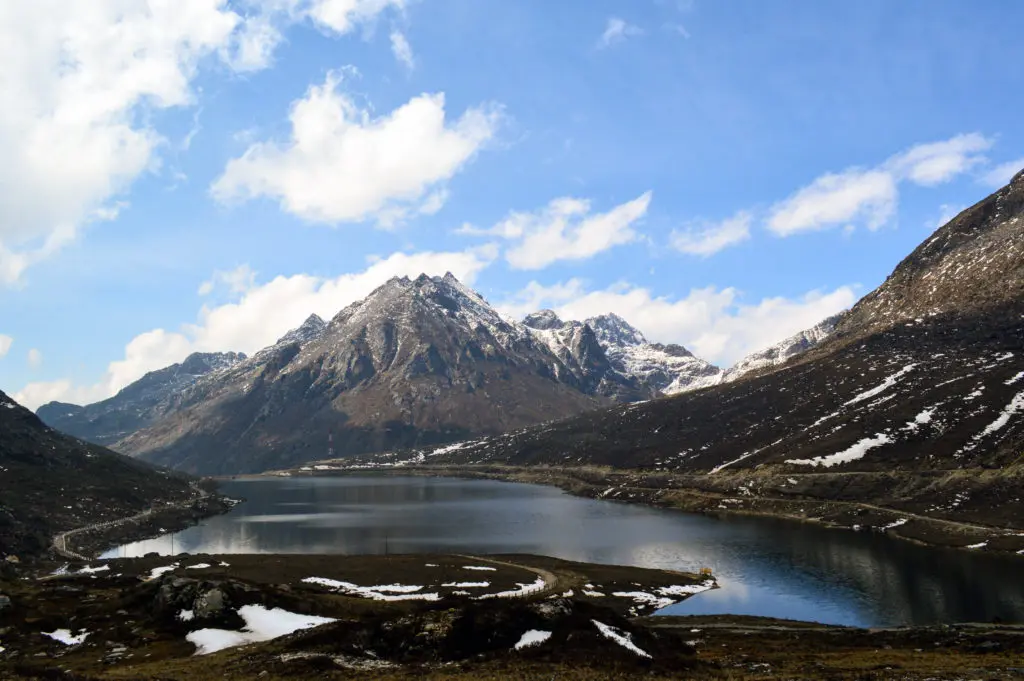
Mechuka
Mechuka is a beautiful village in the Himalayas, nestled in the Pangi Valley of Kinnaur district. The village is famous for its apple orchards and religious significance. Nestled in the lap of the snow-clad mountains, Mechuka is a heaven for nature lovers.
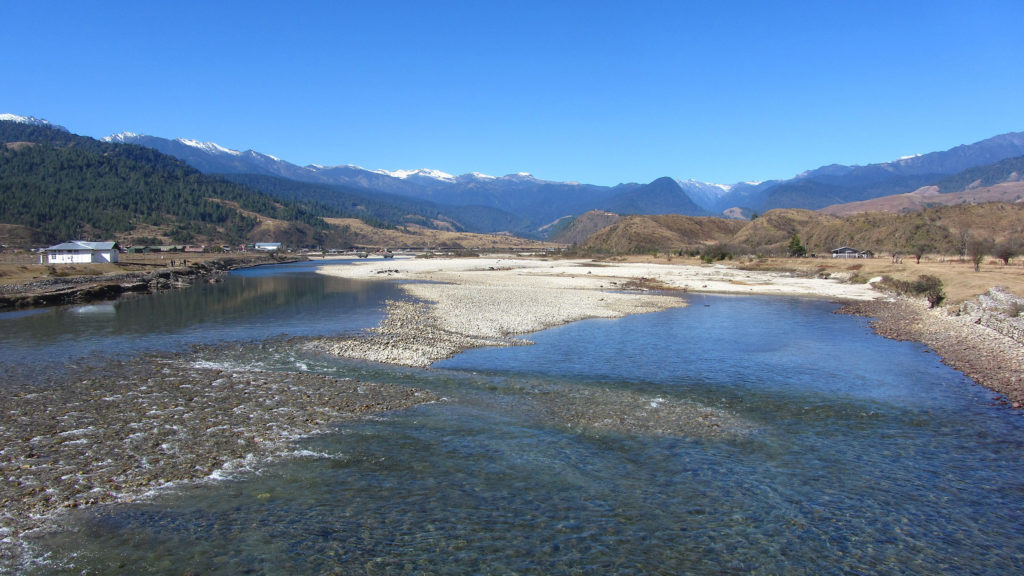
Jung or Nuranang Falls
Nuranang Falls is one of the most spectacular falls in NE India and falls at a height of about 100 m. Also famous for the site of the battle of Jung or Nuranang during the Sino-Indian war of 1962. According to a popular myth, the Nuranang river and Nuranang falls are named after a local Monpa girl named Nura who had helped a soldier during the Sino-Indian war in 1962.
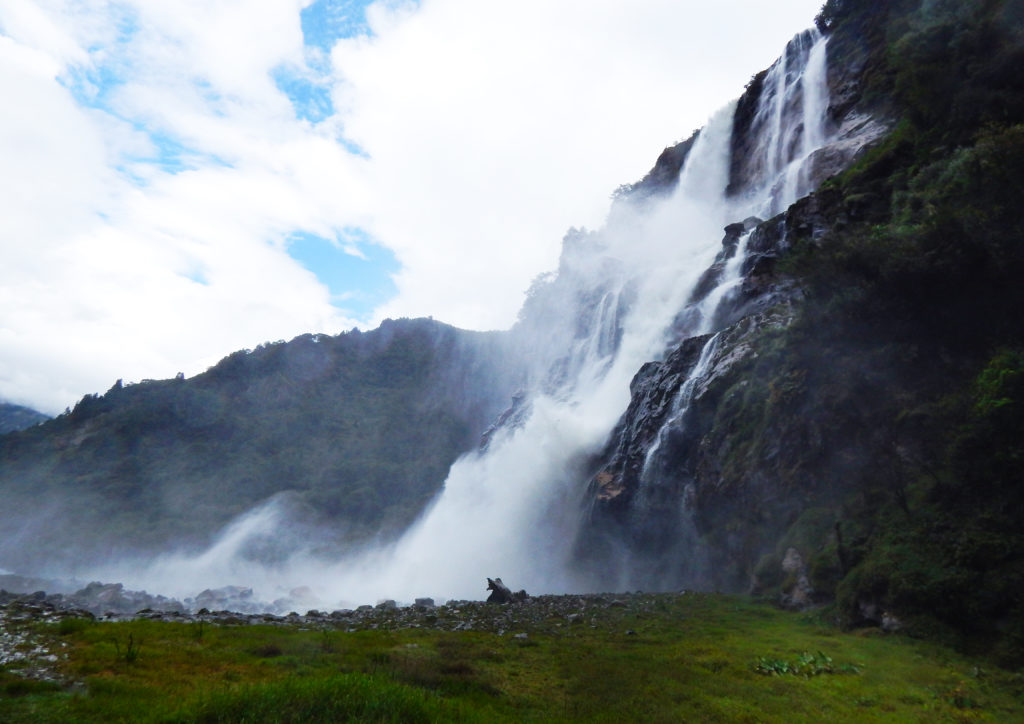
4. Assam
Capital – Dispur
Kaziranga National Park
Kaziranga National Park is a national park in the Golaghat and Nagaon districts of Assam, India. It is located 449 km (279 mi) north-east of Guwahati, and 430 km (267 mi) south of Shillong. The park, which covers an area of 430 km², is the largest protected area in the eastern Himalaya biodiversity hotspot. It is known for its population of Indian one-horned rhinoceros and Kaziranga is recognized as a World Heritage Site by UNESCO.
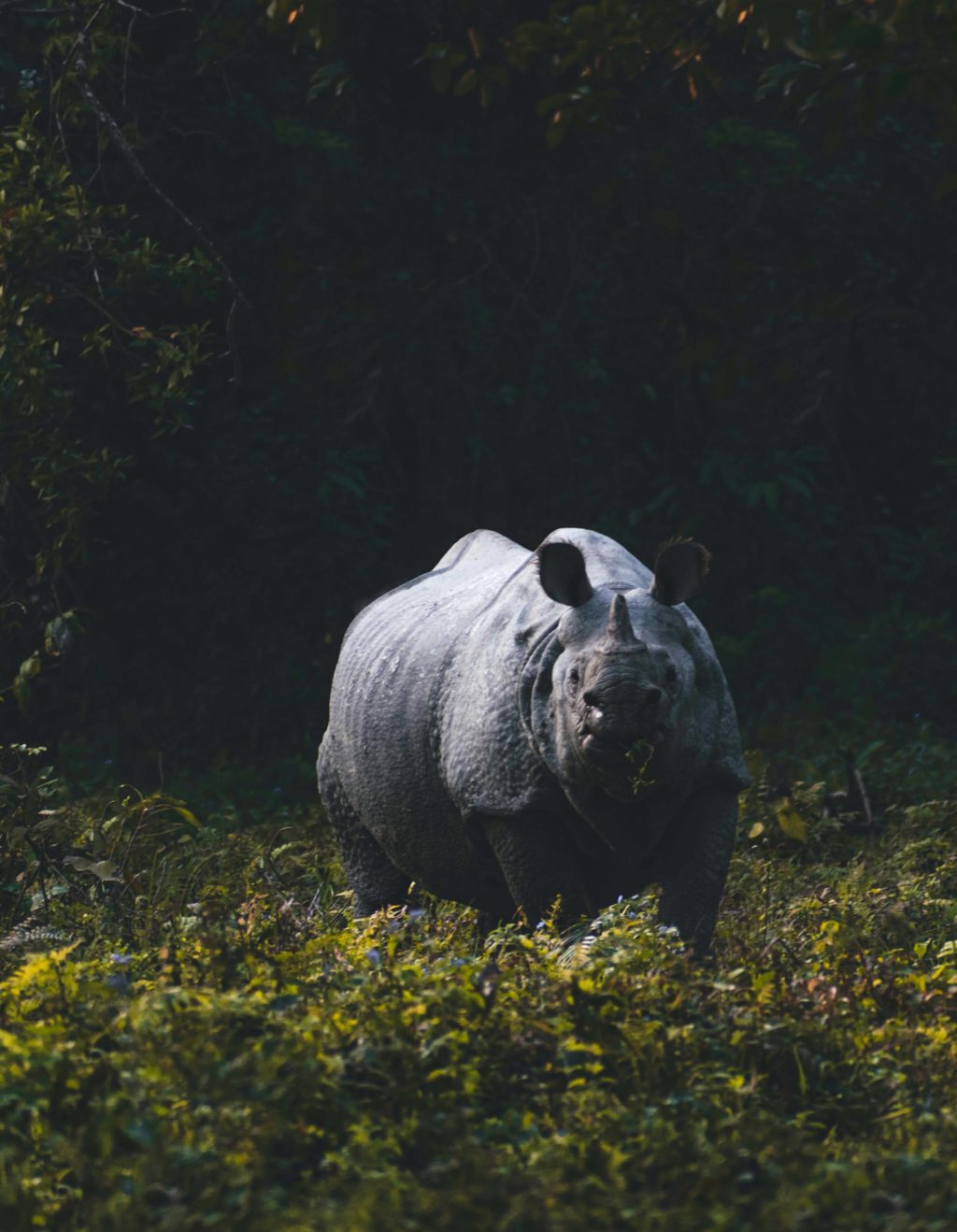
Dhola Sadiya Bridge, Assam
Dhola Sadiya Bridge is a beam bridge connecting the northeast states of Assam and Arunachal Pradesh. The bridge spans the Lohit River, a major tributary of the Brahmaputra River, from the village of Dhola (Tinsukia District) in the south to Sadiya to the north. The bridge is 9.15 kilometers long and is the first permanent road connection between northern Assam and eastern Arunachal Pradesh.
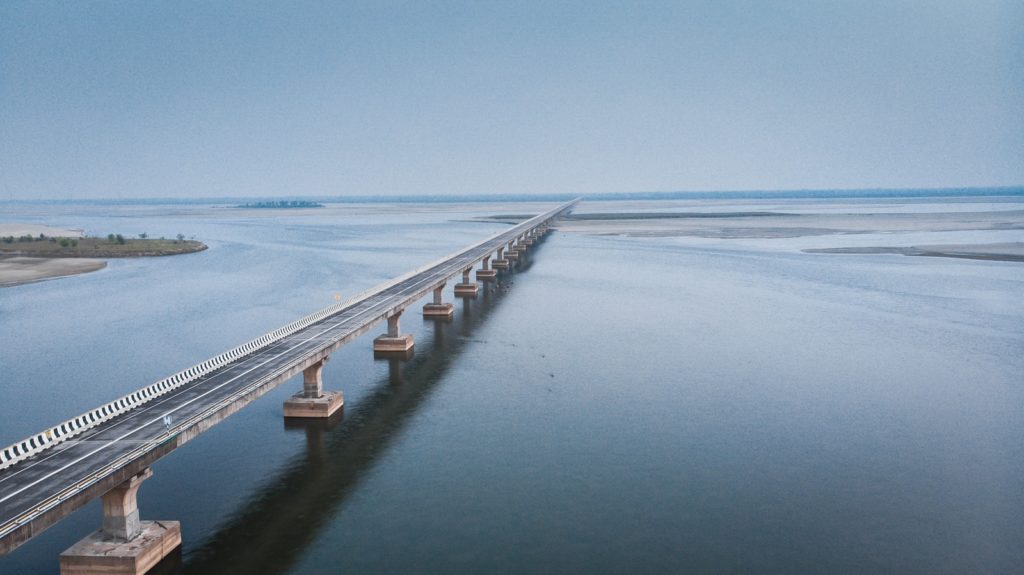
5. Bihar
Capital – Patna
Maha Bodhi Temple, Bodhgaya
The Maha Bodhi Temple, also known as the Great Awakening Temple, is where Gautama Buddha is said to have reached enlightenment. The Temple was built in the 5th century by Emperor Ashoka the Great, who was a devout Buddhist. It is the most sacred Buddhist temple of the Southern tradition of Buddhism. The temple is located in Bodh Gaya, Bihar, India.
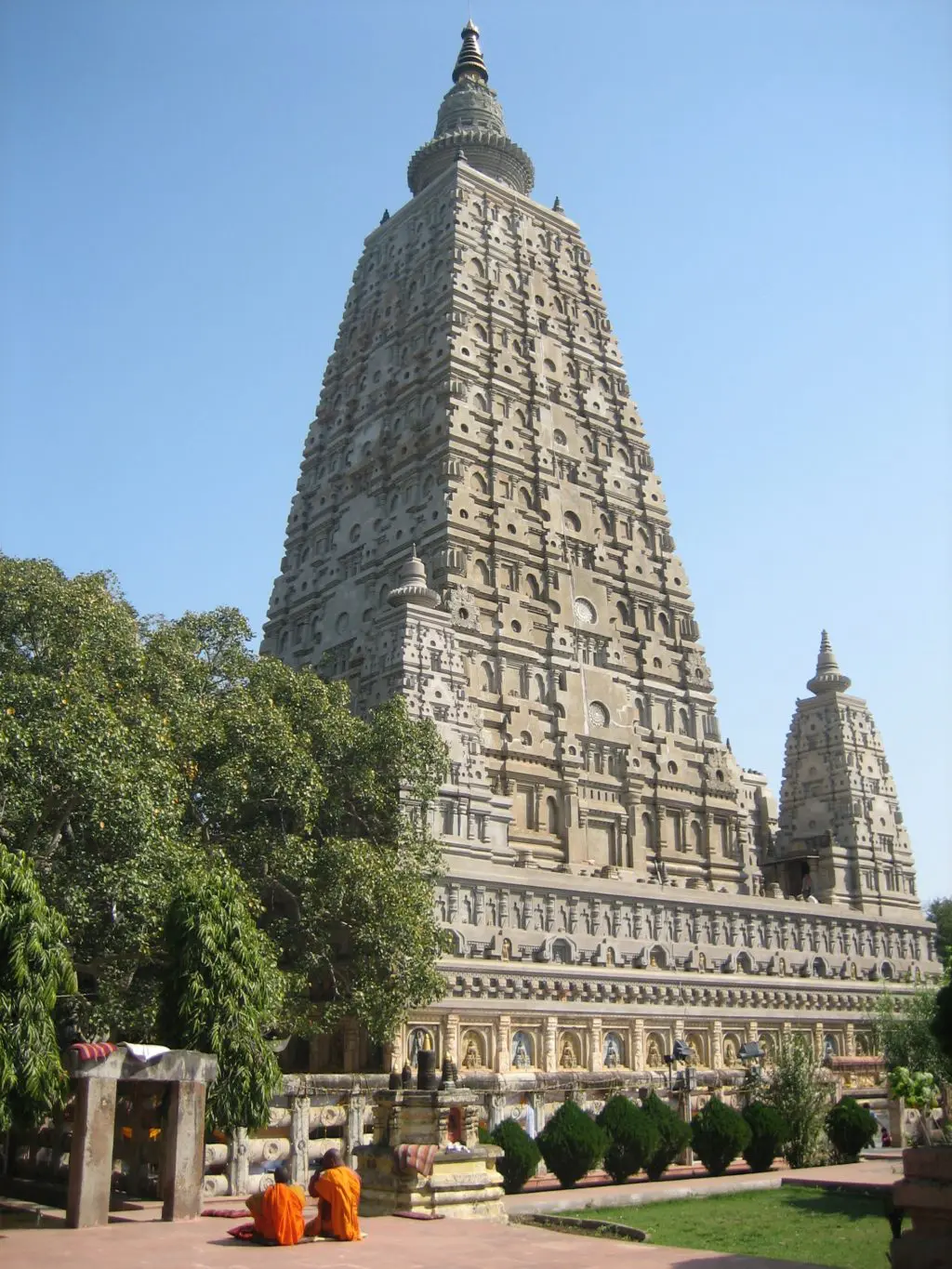
Tomb of Shershah Suri
Shershah Suri, better known as Sher Shah, was the founder of the Sur Empire in North India. He was born in the year 1471 in the city of Sasaram, Bihar. He was the first ruler of the Sur dynasty. His rule was considered the Golden Age of Islam in India. He built several structures that are considered masterpieces even today.
Shershah Suri tomb is built in the center of a complex which has a rectangular shape and is built above a high octagonal plinth. The tomb stands on a square base and is about 12.5 meters tall. The plinth is decorated with pilasters and has a false dome, which is decorated with floral and geometric designs. The monument has a single burial chamber and is accessed by a flight of stairs.
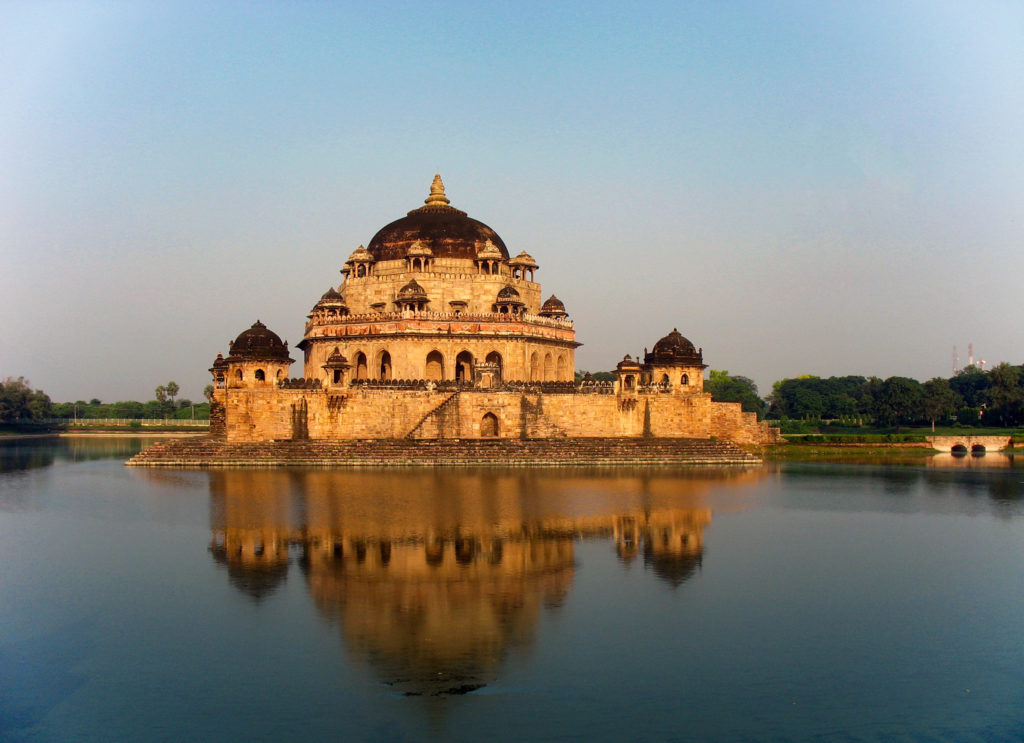
6. Chandigarh (UT)
Capital – Chandigarh
Sukhna Lake
Sukhna Lake in Chandigarh is a reservoir at the foothills of the Himalayas. This 3 km² rain-fed lake was created in 1958 by damming the Sukhna Choe, a seasonal stream coming down from the Shivalik Hills.
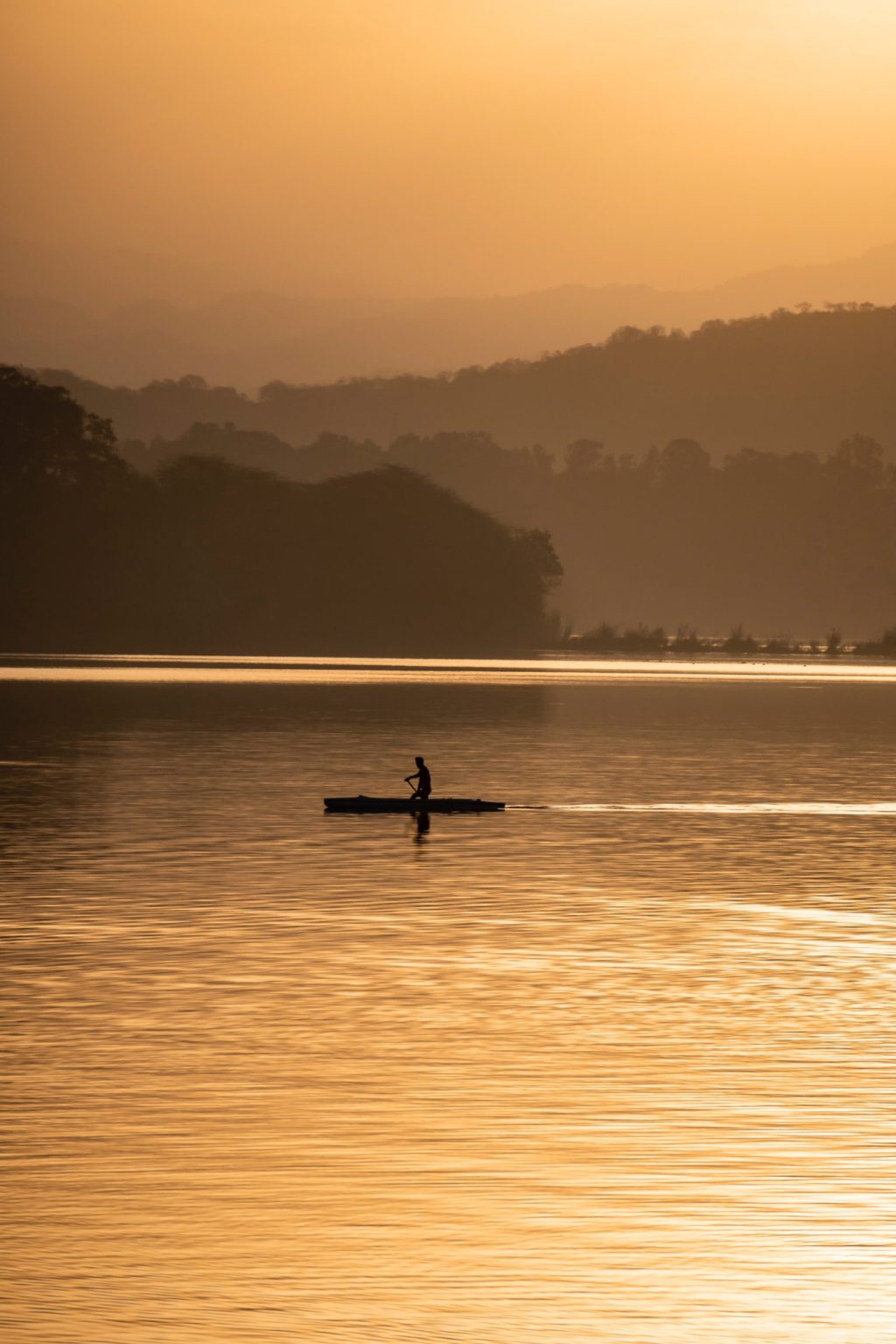
Rock Garden
The Rock Garden of Chandigarh is a sculpture garden for rock enthusiasts in Chandigarh. It is also known as Nek Chand Saini's Rock Garden after its founder Nek Chand Saini, a government official who started the garden secretly in his spare time in 1957. It is completely built from industrial, home waste, and discarded items.
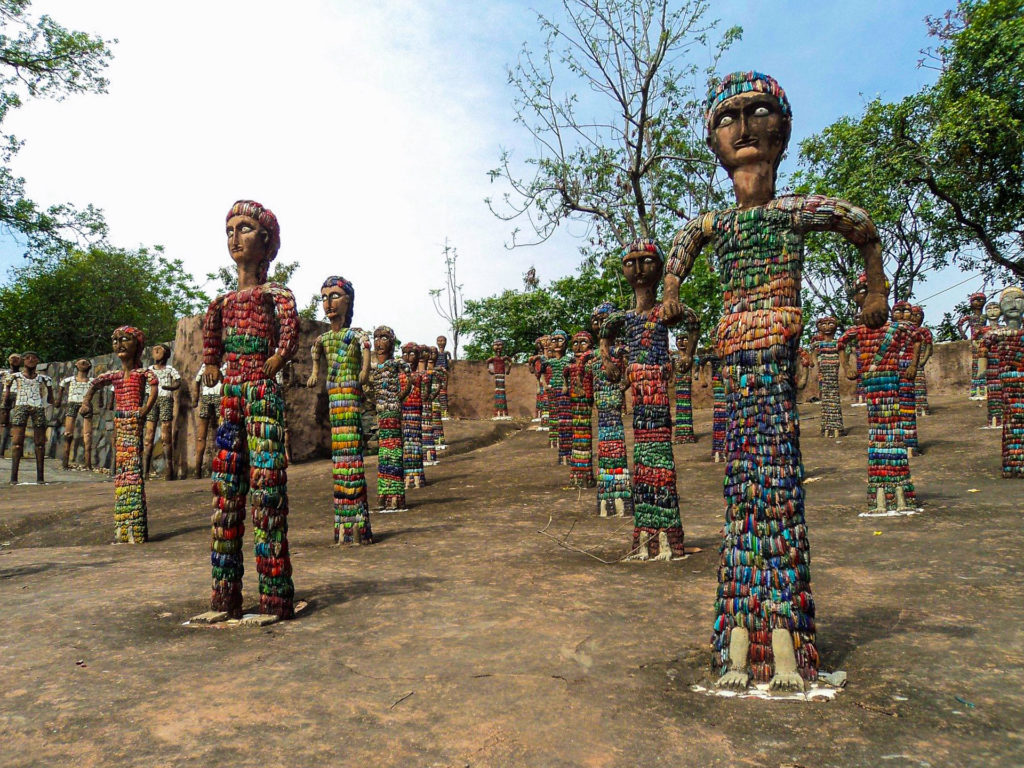
7. Chhattisgarh
Capital – Naya Raipur
Chitrakot Waterfalls
The waterfalls are situated in the dense forest of Chitrakot. The water from the falls gets collected in a pool which then flows down a short distance to a man-made lake. The water from the lake flows down to a hydroelectric power station situated a little distance away from the falls. The power station generates electricity for the surrounding villages.
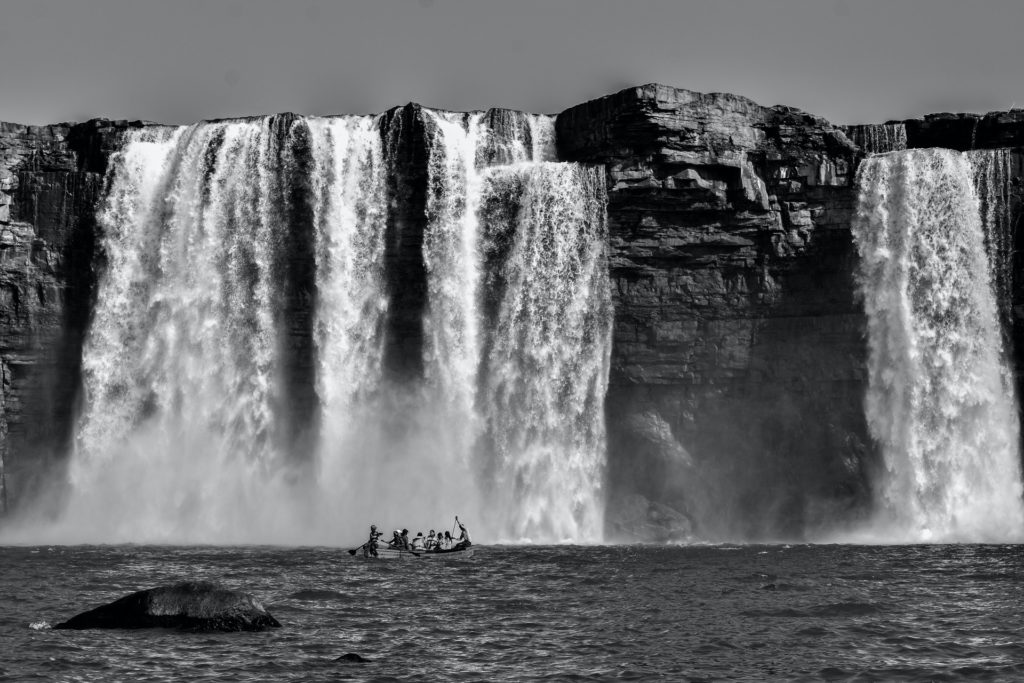
8. Dadra and Nagar Haveli And Daman and Diu (UT)
Capital – Daman
Diu Fortress
The Diu Fortress is a Portuguese-built fortification located on the west coast of India in Diu. The fortress was built as part of Portuguese India's defensive fortifications at the eastern tip of the island of Diu during the 16th century.
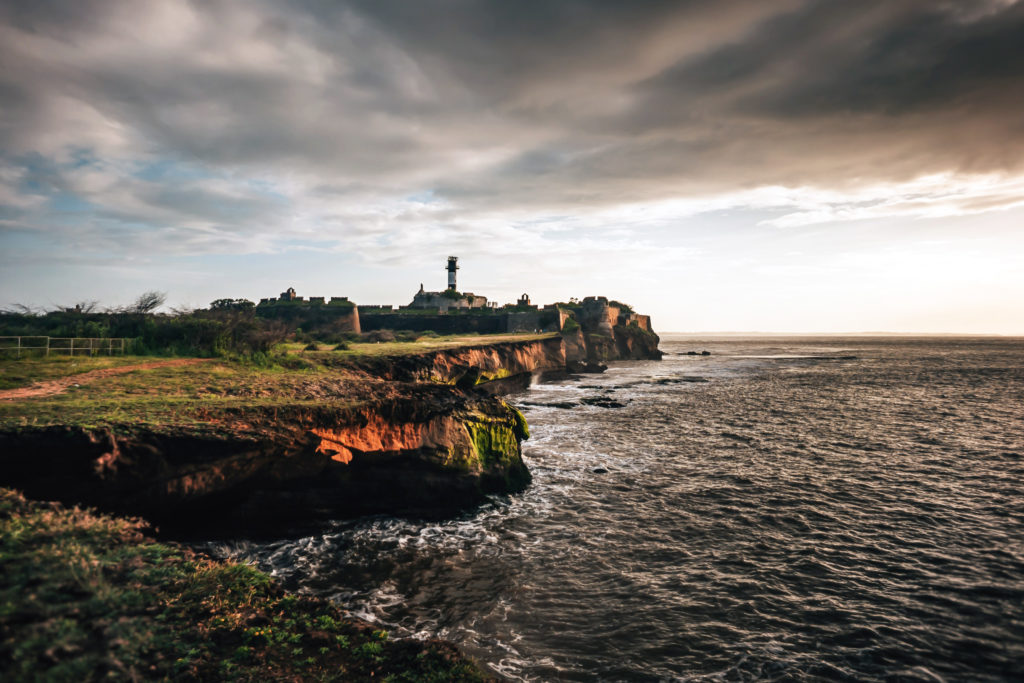
Ghogla Beach
Ghoghla Beach is situated in the village of Ghoghla, which is around 15 km from the main town of Diu. Considered to be one of the most beautiful beaches in the Diu District, this beach has a tourist complex that provides all the basic amenities. Parasailing and water scooters are the two most popular adventure activities at this beach.
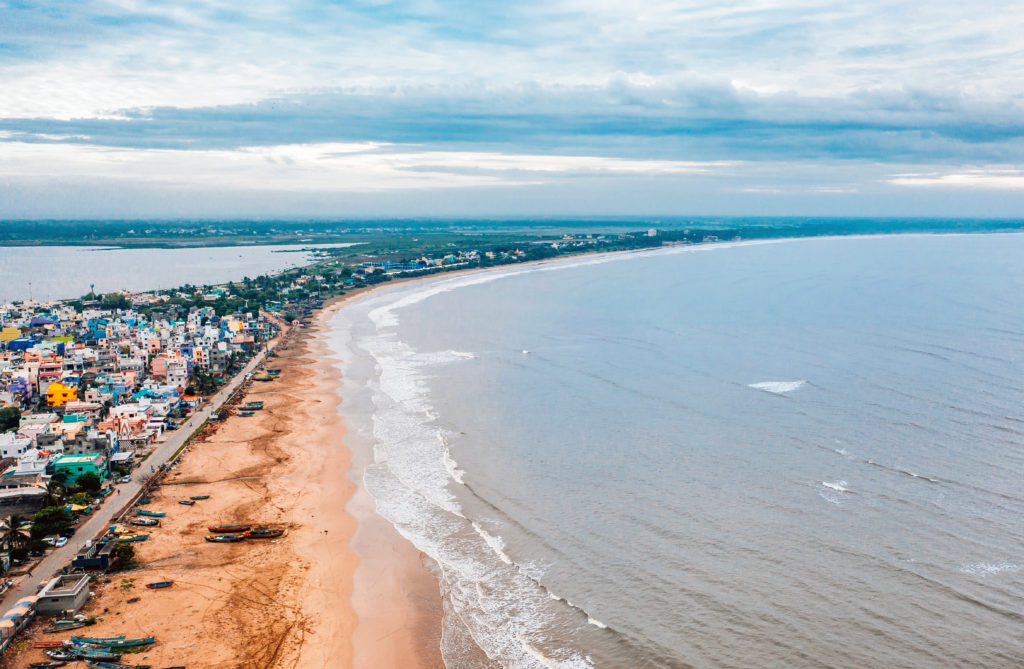
9. Delhi (UT)
Capital – New Delhi
Qutub Minar
The Qutub Minar is one of the most well-known monuments and a victory tower in India. Standing at 72.5 meters high, it is a testimony to the architectural brilliance of the Sultanate period. It was built by Qutub-ud-Din Aibak in 1199.It is a UNESCO World Heritage Site and monument of national importance. It contains a spiral staircase of 379 steps. The tower is no longer open to the public, though it can be viewed from several vantage points nearby.
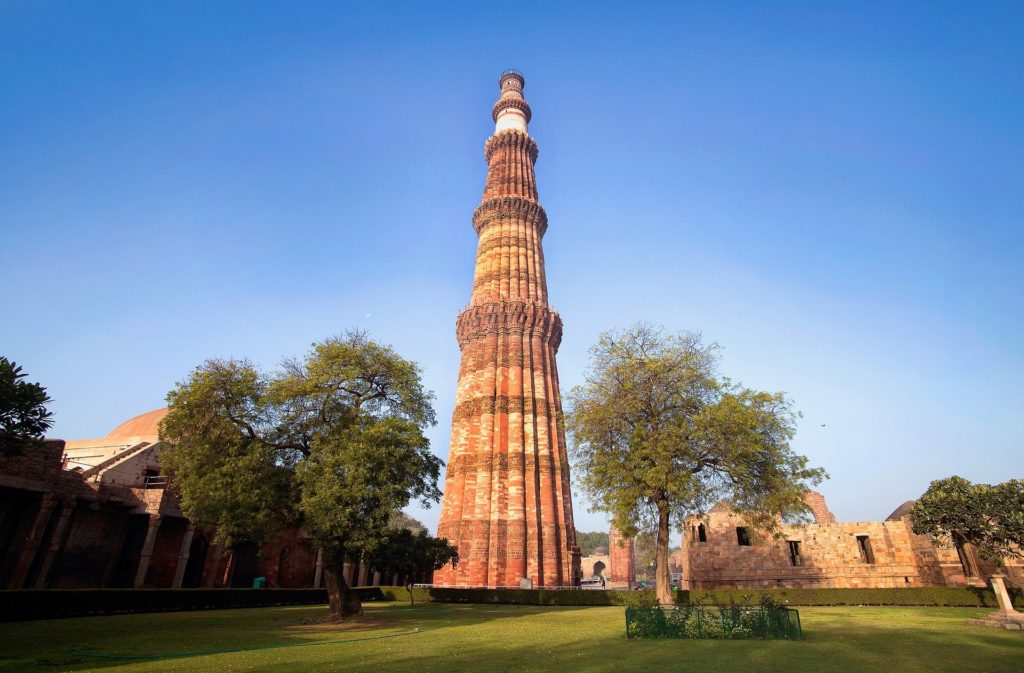
Humayun’s Tomb
Humayun's tomb, in Delhi, India, is the tomb of the Mughal Emperor Humayun. It was the first garden tomb in the Indian subcontinent and is located in the center of the Humayun Tomb complex. The entire complex, spread over 12 acres, includes the main tomb, the adjacent Haji Begum's tomb, the mosque, the two pavilions, the main gateway, the two gardens, the Kund (water tank), and the enclosure. The tomb is in Persian style, with a white marbled exterior. The complex was built and completed in 1569 AD, by Humayun's wife Haji Begum when Humayun was in exile in Persia.
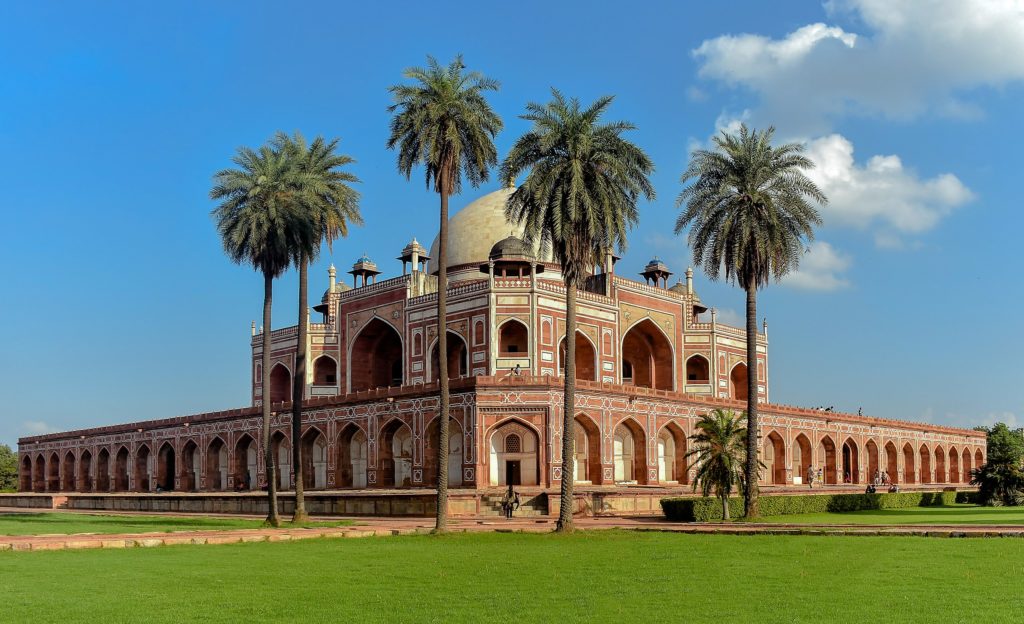
10. Goa
Capital – Panaji
Candolim Beach
One of the longest beaches in Goa, Candolim Beach is also sometimes called the gateway to the other popular beaches in the state. The beach that begins from Fort Aguada is comparatively quieter and is perfect for lazing, though, for water-sports lovers, there are some activities like parasailing and water skiing.
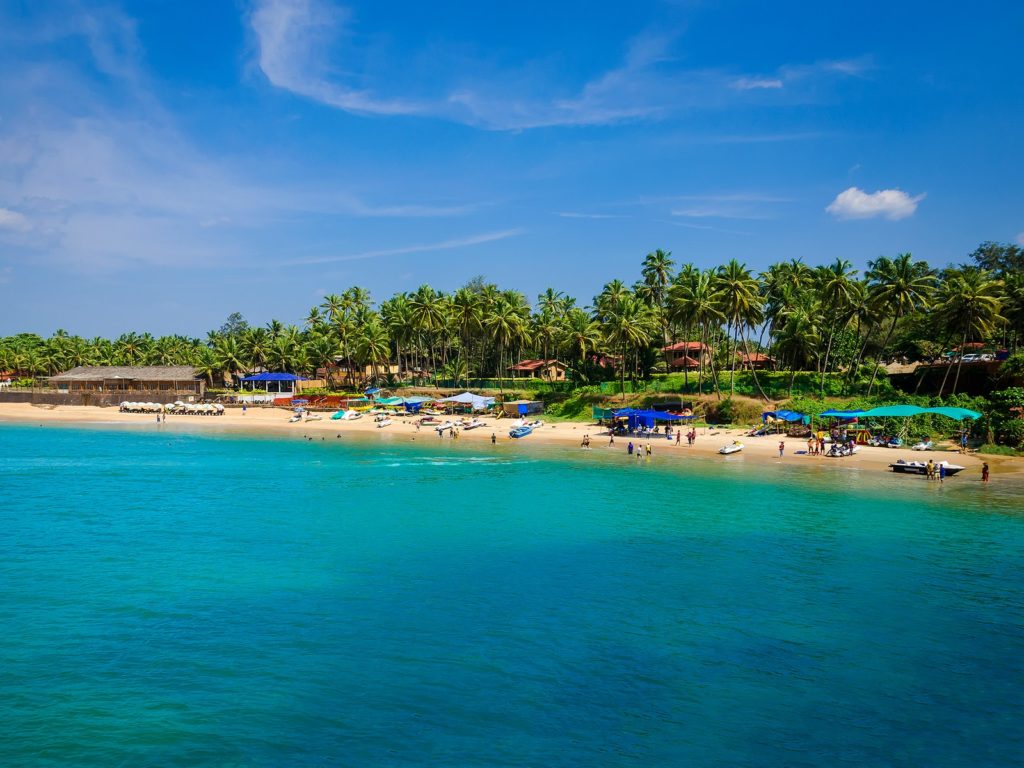
Se Cathedral
The Sé Catedral de Santa Catarina, known as Se Cathedral, is the cathedral of the Latin Rite Roman Catholic Archdiocese of Goa and Daman and the seat of the Patriarch of the East Indies. It is part of the World Heritage Site, Churches, and convents of Goa located in Old Goa, India.
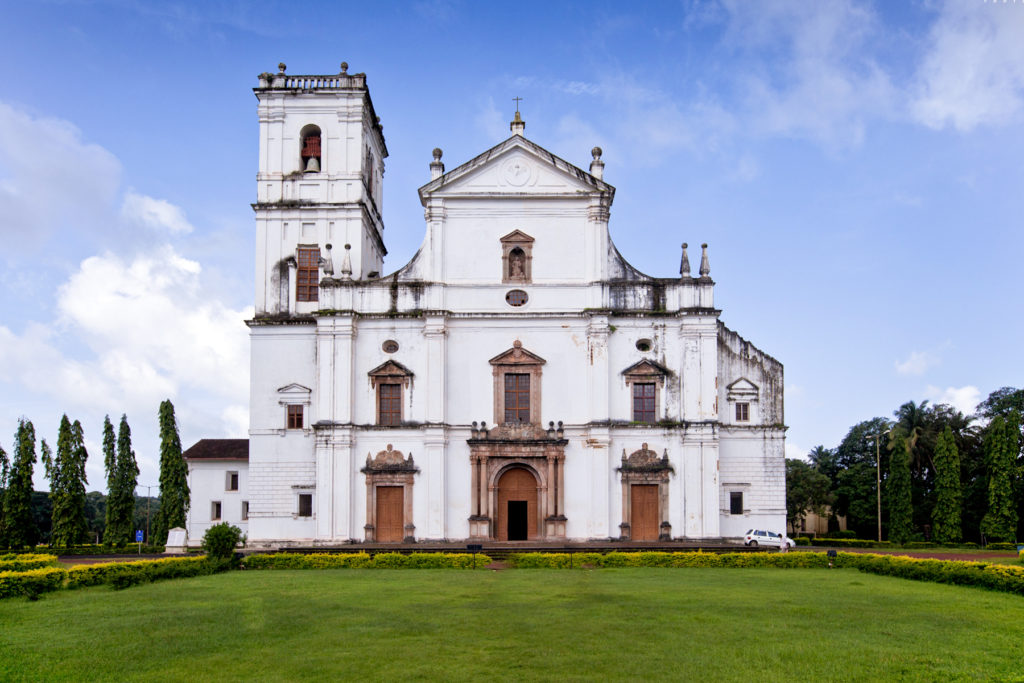
11. Gujarat
Capital – Gandhinagar
Great Rann of Kutch
The Rann of Kutch is a large area of salt flats located in the Thar Desert in the Kutch District of Gujarat, India, and the Sindh province of Pakistan. It is about 8,000 square kilometers in size and is named after the Rann of Kutch, the wetlands of which the area is a part.
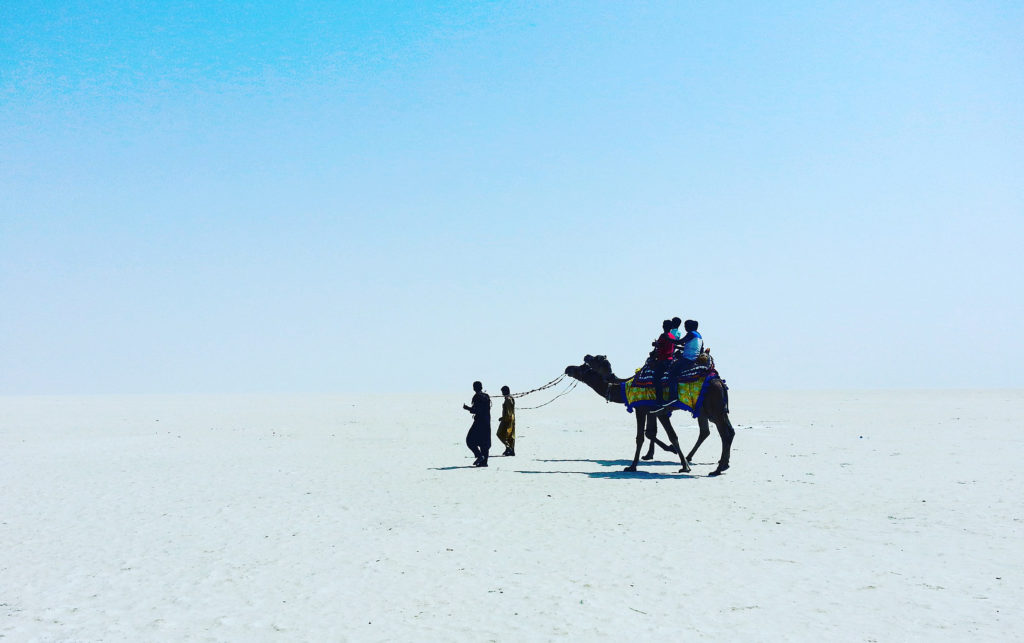
The Adalaj Stepwell
Adalaj Stepwell or Rudabai Stepwell is a stepwell located in the village of Adalaj, close to Ahmedabad city, and considered a fine example of Indian architecture work. It was built in 1498 in the memory of Rana Veer Singh, by his wife Queen Rudadevi. It is intricately carved and is five stories deep.
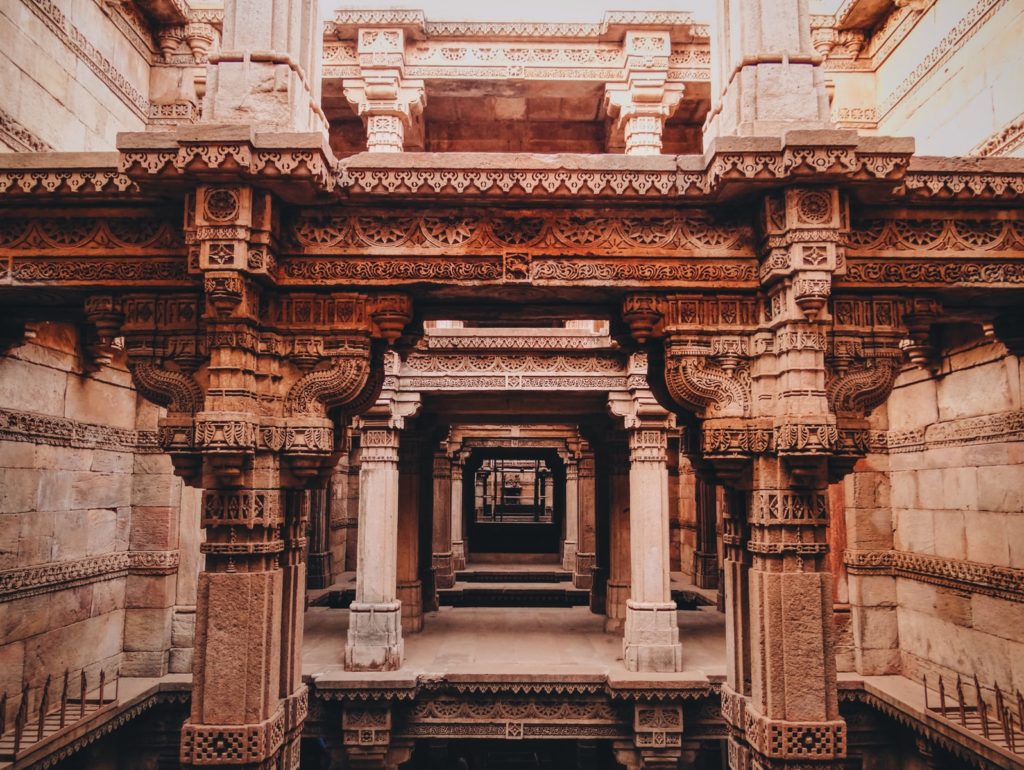
12. Haryana
Capital – Chandigarh
Sultanpur Bird Sanctuary
Sultanpur National Park is a national park located in the Sultanpur village in the state of Haryana in India. It is a large freshwater swamp and is a few km from the Yamuna River. It is an essential floodplain of the Yamuna River. This sanctuary is a habitat for birds. The sanctuary is home to a variety of species of birds especially waders.
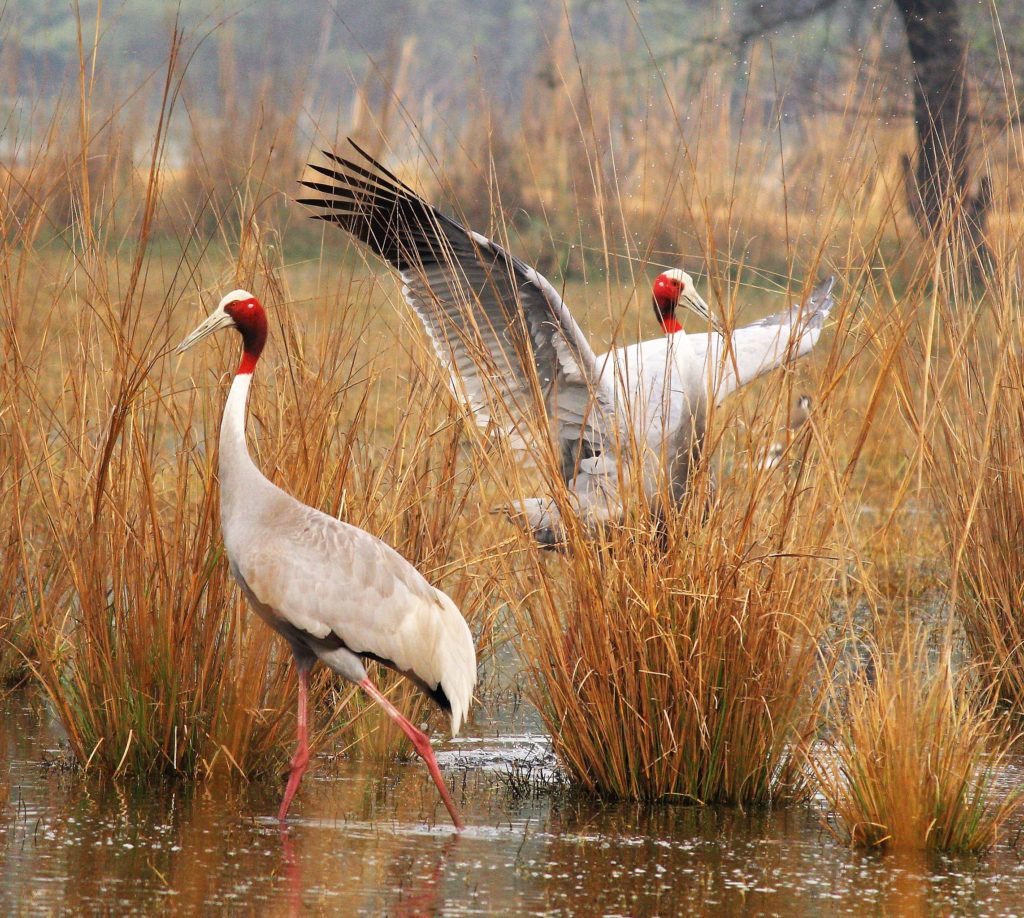
Kurukshetra
Kurukshetra is a district in the state of Haryana, India. It has been known as the land of the Bhagavad Gita, where the historic Kurukshetra War of the Mahabharata was fought. It is also known as Dharmakshetra (“Holy Place”) or Gita-kshetra (“The Land of the Bhagavad Gita”), the latter which is popularised by the Bhagavad Gita Smarak built on the site of what is believed to be the legendary battlefield.
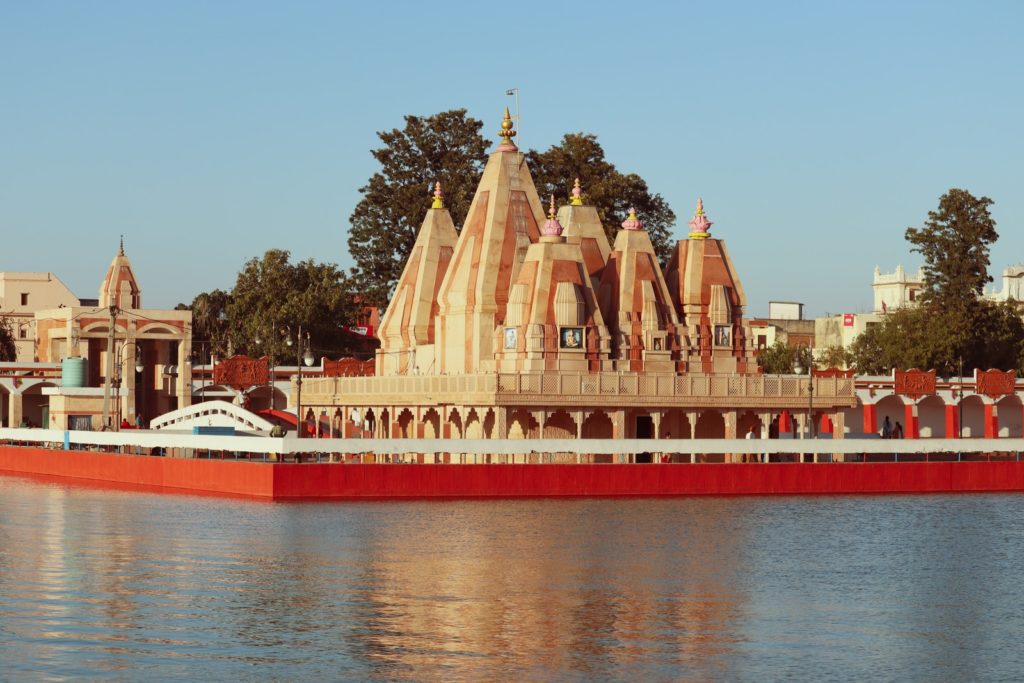
13. Himachal Pradesh
Capital – Shimla
Chandra Tal
Chandra Tal is a popular mountain lake in the Pangi Valley, Himachal Pradesh, India. It is situated at an altitude of 14,300 feet above sea level. The lake is surrounded by thick deodar forests and is the source of the Chandra River. A trek to Chandra Tal is an arduous one as there is no road to the lake and people usually take a jeep ride and trek on foot for about 3 hours to reach the lake. The lake is a popular trekking destination for tourists and adventure seekers.
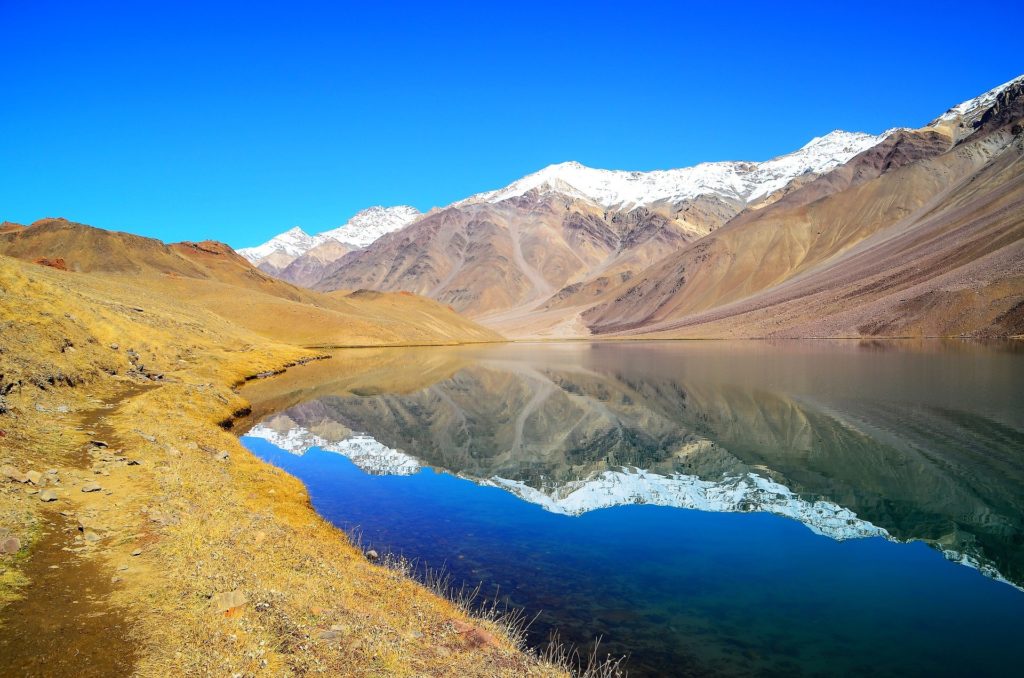
Langza Village
Langza is a village in the Mandi district of Himachal Pradesh, India. It is located 7 kilometers away from Karsog. The village is surrounded by beautiful snow-capped mountains and is known for its scenic beauty. The population of this village has increased to more than 1000 in the last few years.
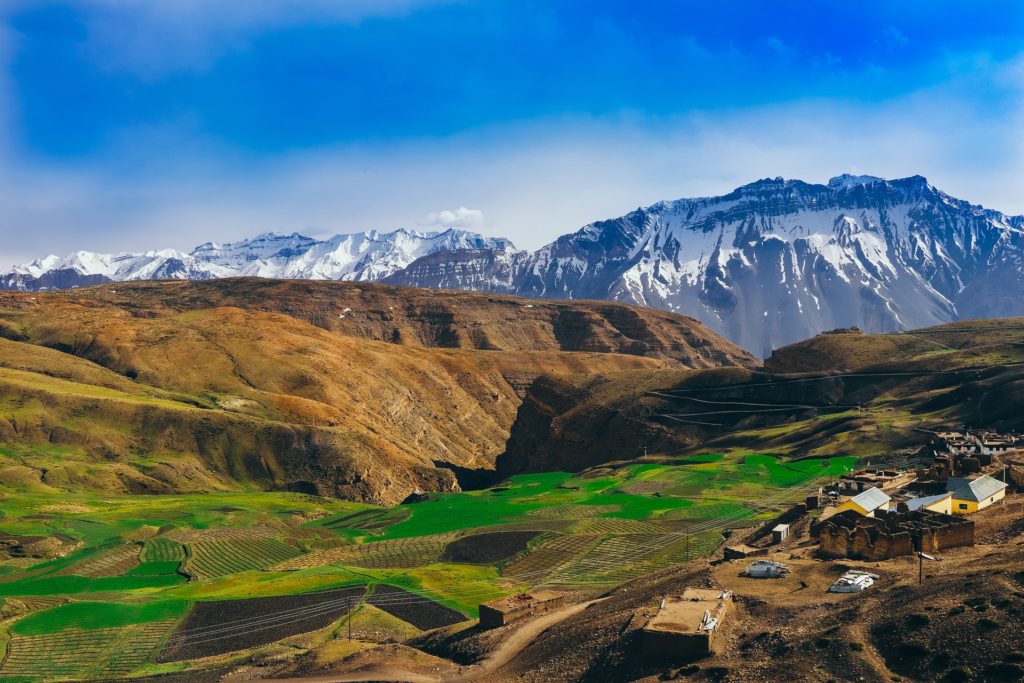
14. Jammu and Kashmir (UT)
Capital – Srinagar (Summer), Jammu (Winter)
Srinagar
Srinagar is a city in the Indian state of Jammu and Kashmir. It lies in the Kashmir Valley on the banks of the Jhelum River, a tributary of the Indus. Srinagar is the largest city in the Valley and the summer capital of the state. It is known for its gardens, waterfronts, and houseboats. The city is known for its distinctive cultural heritage and is also known for traditional Kashmiri handicrafts, such as shawls, khes, and papier-mâché handicrafts. It is a major center of tourism in the Kashmir Valley, which is a popular holiday destination for Indians and foreign tourists.
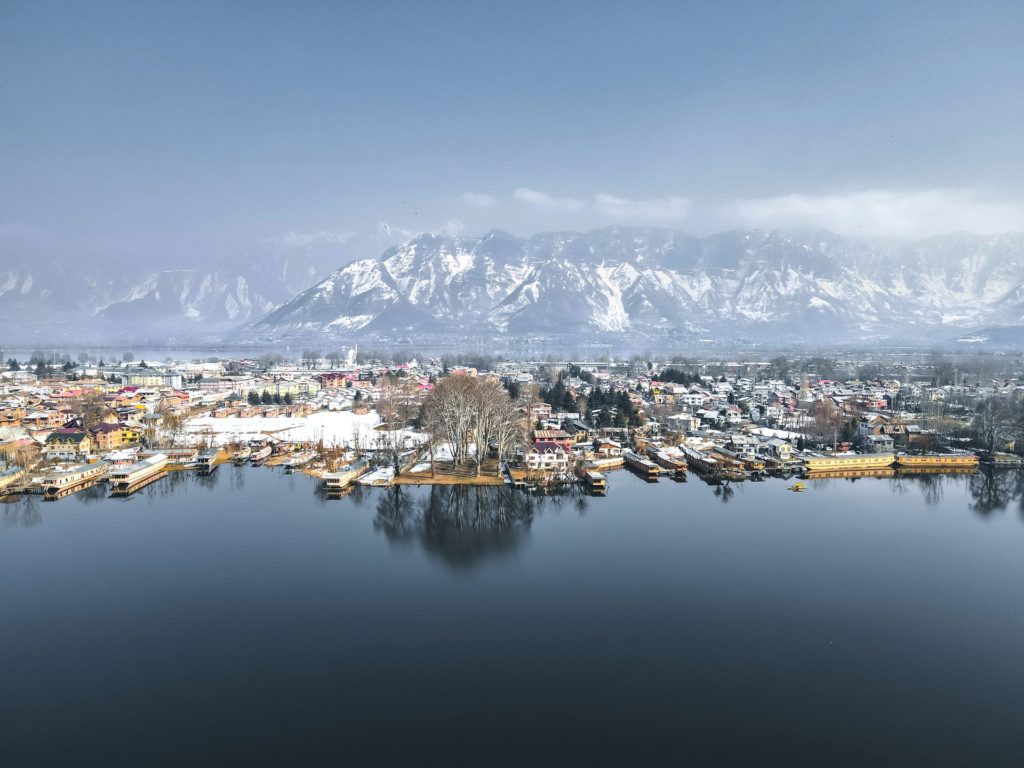
Pampore
Pampore is a city and a notified area committee in Pulwama district in the Indian administered state of Jammu and Kashmir. It is located on the banks of the famous River Lidder. Pampore is an industrial town and a major trade and business center for the whole of south Kashmir. It is a hub of industrial and commercial activity and has been a major trading center for centuries.
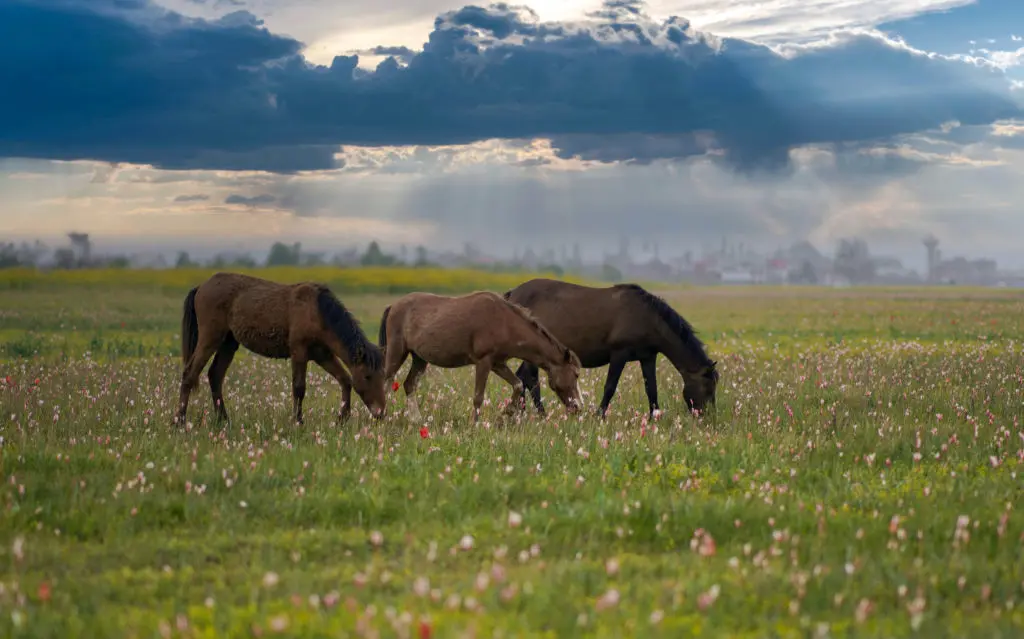
15. Jharkhand
Capital – Ranchi
Jhiri Lake
Jhiri Lake is the biggest lake in the state of Jharkhand. It is located at a distance of about 20 km from the town of Chalkusha, in the Hazaribagh district of Jharkhand. The lake, which was formed centuries ago by volcanic lava, is situated at an altitude of around 2200 meters above sea level. Jhiri Lake is surrounded by beautiful hills. The lake is the source of water for nearby villages. The water is also used for irrigation purposes.
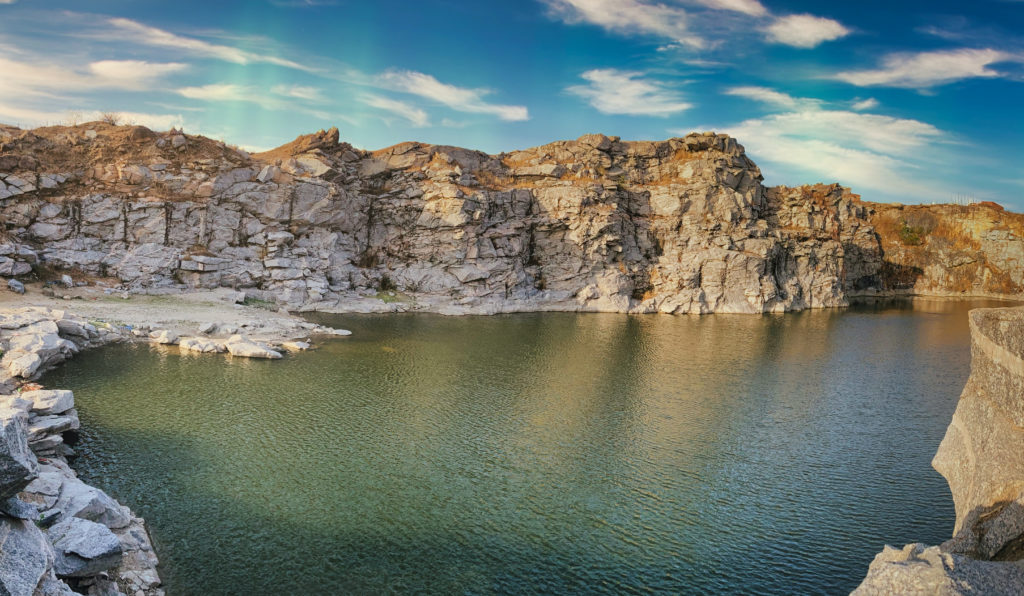
Bhatinda waterfalls
The Bhatinda Falls is a powerful and picturesque waterfall that cascades over-pronounced rock formations. Also known as the waterfall of Moonidih, it is located at a distance of 14 km from the Dhanbad Railway Station. It makes for an excellent picnic spot for groups looking for a quick and refreshing getaway.
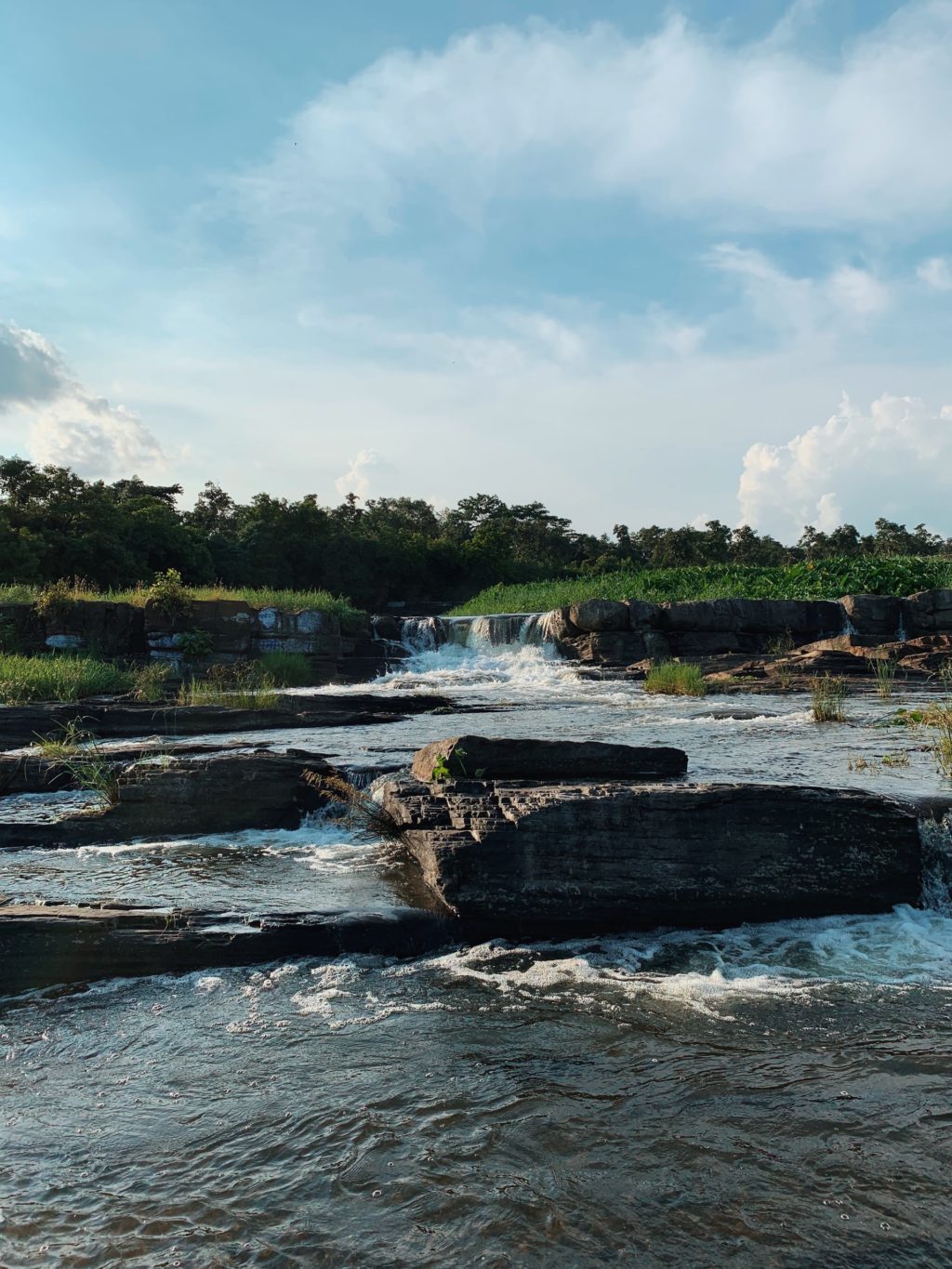
16. Karnataka
Capital – Bengaluru
Hampi
Hampi is a village in Karnataka, India, near the ruins of Vijayanagara, the former capital of the Vijayanagara Empire. It is located near Hospet in Hampi taluk, Bellary District. It is reachable by road from Bangalore, Hyderabad, and Goa. The village of Hampi is spread over an area of 22 square kilometers and surrounded by remains of the Vijayanagara city. The Tungabhadra River flows close by, and the Virupaksha temple complex is about 2 kilometers to the east. Hampi is well known for its temples, ruins, and wildlife.
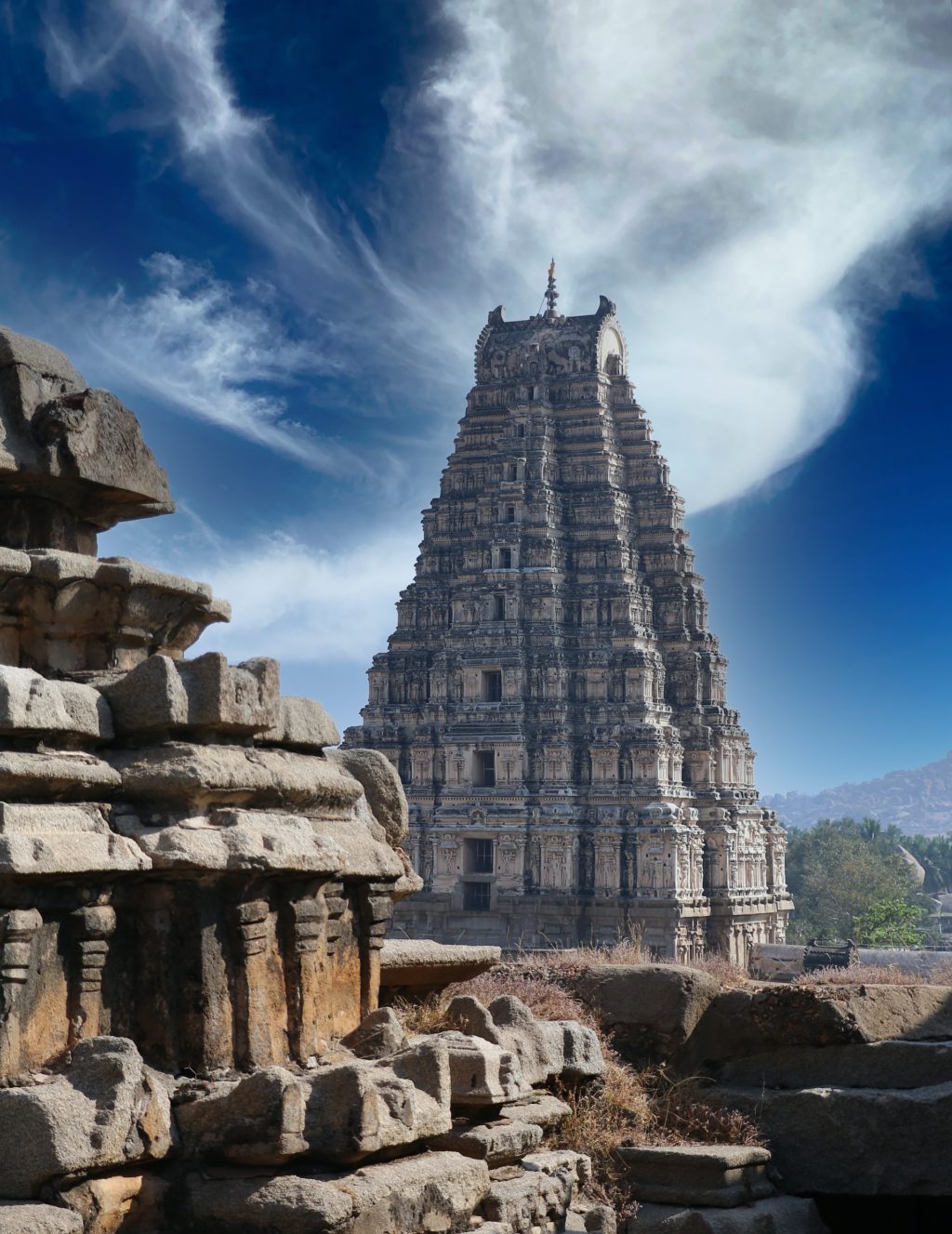
Gokarna
Gokarna is a small pilgrimage town in the state of Karnataka. It is popularly known as “Mini-India” because of the large number of temples in the region. It is also known for its beautiful beaches. Gokarna beach is considered one of the most beautiful beaches in all of India. The town is also known for its ancient Shiva temple, where Shiva is worshipped as Kshetraja, the king of the sacred land.
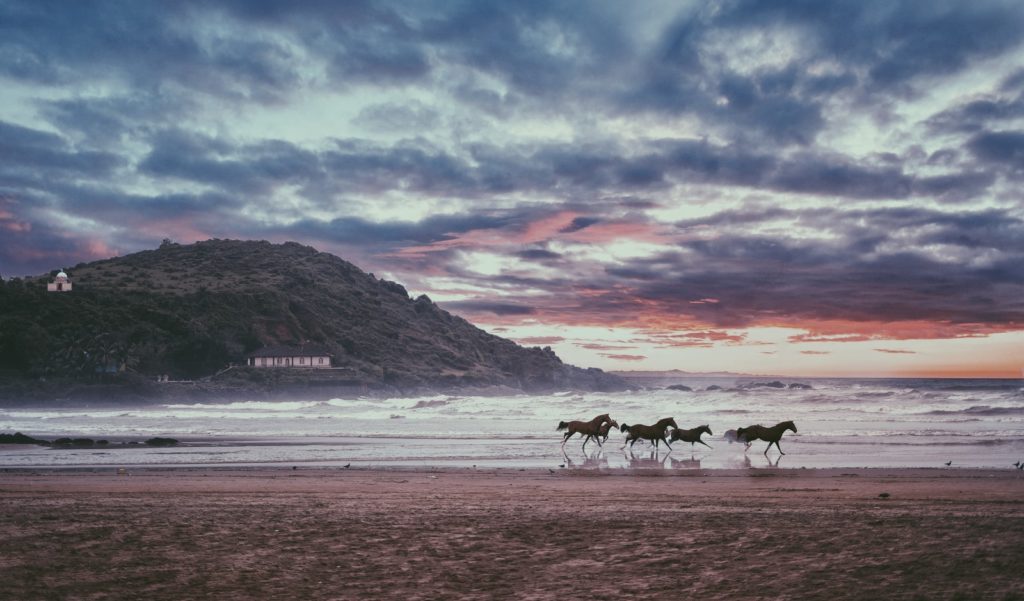
17. Kerala
Capital – Thiruvananthapuram
Theyyam, Nileshwaram
Theyyam is a ritualistic art-form native to Kerala, India. It is believed that all gods and goddesses are present on earth, controlling the events taking place, during the time of theyyam. Theyyam is a divine representation of nature, human beings, the elements, the forefathers, the devas, the beasts, the demons, the spirits, the demi-gods, the angels, the demons, the legendary heroes of the past, the demons, the people of today, etc. It is believed that theyyam contains all the powers of the spirits and the gods.
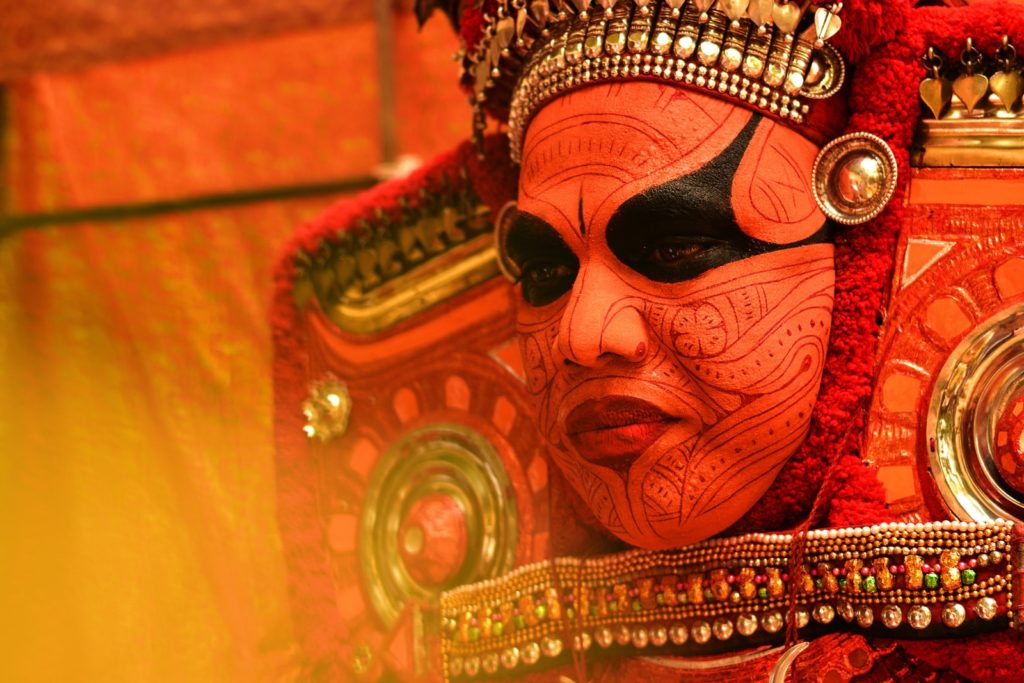
Alappuzha, Kerala
Alleppey, also known as Alappuzha, is a city located in the Indian state of Kerala. Alappuzha is situated on the banks of the Vembanad Lake and is almost 96 km south of Kochi. The city is a major tourist destination for its houseboat and canoe tours. It is a beautiful backwater area that is visited by tourists all year long.
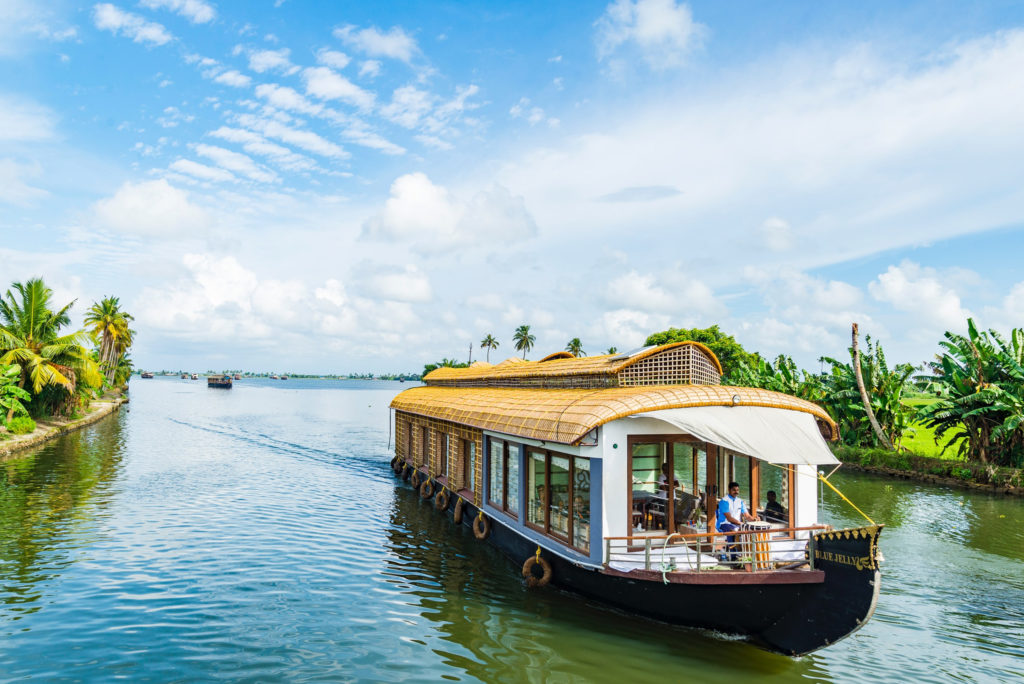
18. Ladakh (UT)
Capital – Leh
Tso Moriri, Leh
Tso Moriri, very popular in Ladakh, is located in the western part of Leh. The Tso Moriri Lake is a high-altitude lake with an area of 134 square kilometers. The lake lies at an altitude of 4,522 meters above sea level and is surrounded by snow-clad peaks at over 5000 meters. The lake is very beautiful and has a unique ecosystem. It is home to a variety of rare birds and animals. Tso Moriri is also a very popular tourist destination in Ladakh.
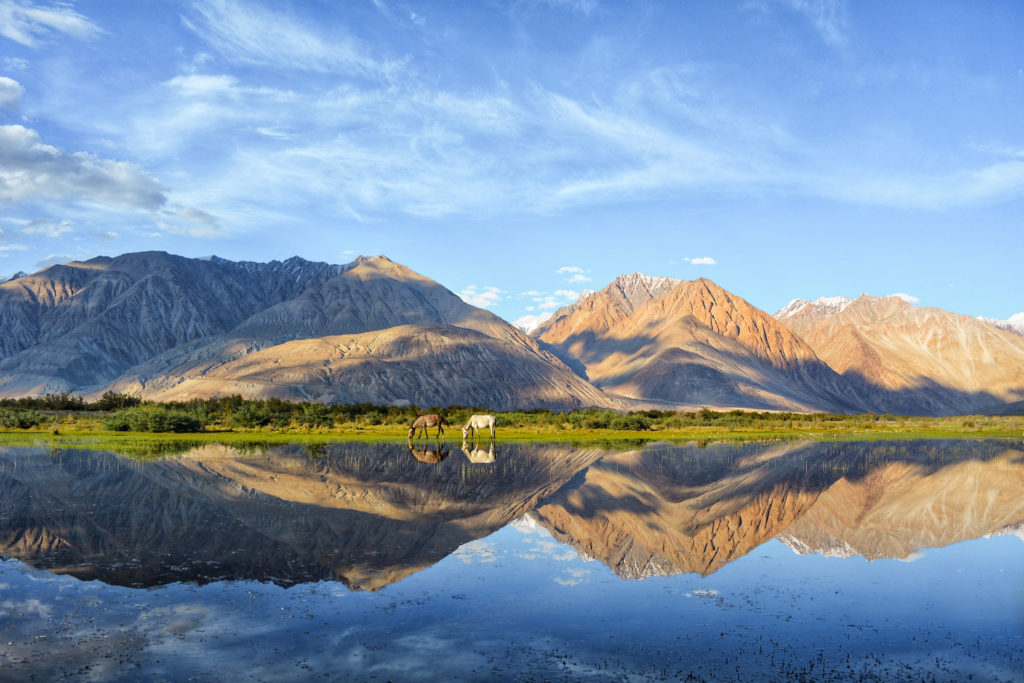
Rangdum
Rangdum is a village located in the Suru Valley in the union territory of Ladakh in Northern India. On one side are the colorful hills while on the other side are rocky mountains and glaciers, notably Drang-drung.
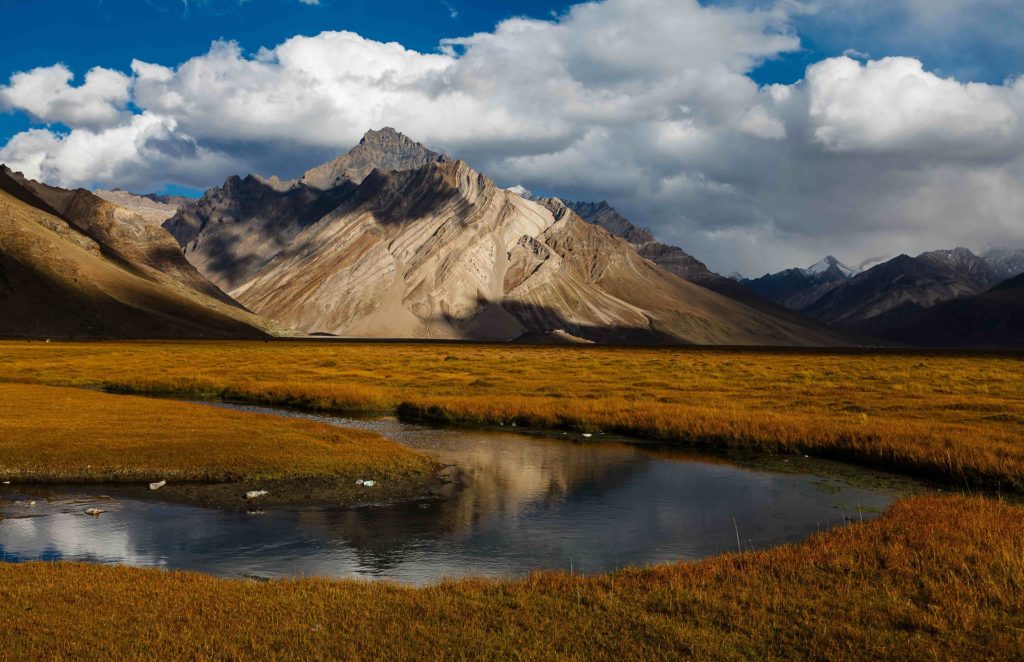
19. Lakshadweep (UT)
Capital – Kavaratti
Lakshadweep is a group of islands on the southwest coast of India. It is formed by the coral reefs of Lakshadweep along the Laccadive Sea. Lakshadweep is an archipelago where over 50 coral islands are found. It is the only coral reef island formation in India. It is also the smallest Union Territory of India, covering an area of 361.6 km². The capital of the Union Territory is Kavaratti.
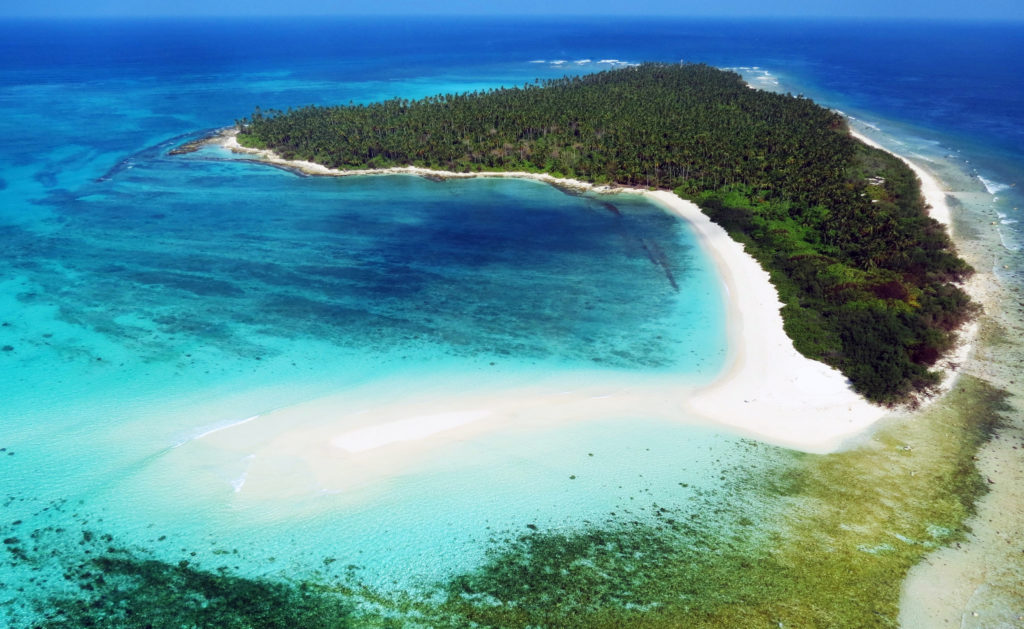
Kadmat Island
Kadmat Island is a small island off the coast of Kavaratti island in the Laccadive Islands group in the Union Territories of Lakshadweep. Kadmat Island is a good place for scuba diving and diving classes are conducted there. It is a good place for snorkeling or swimming. Scuba diving is prohibited or restricted in certain areas of the island. The waters on the island are calm and hence it is a good place for beginner divers.
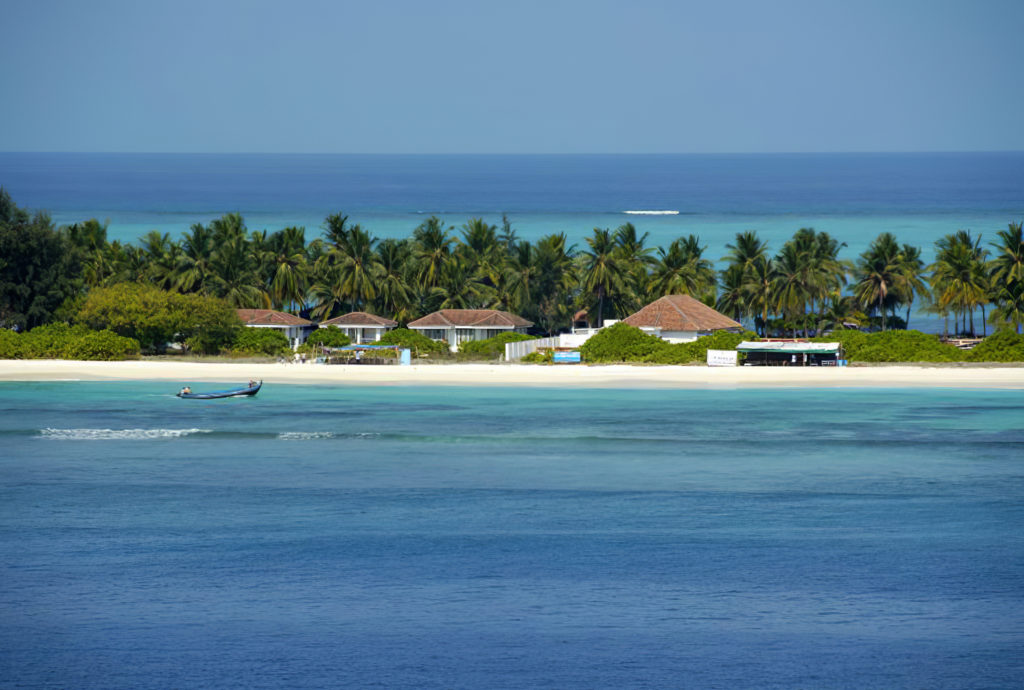
20. Madhya Pradesh
Capital – Bhopal
Khajuraho Temples
The Khajuraho group of Hindu and Jain temples in Madhya Pradesh, are an example of the achievements of the Chandela dynasty. The temples are famous for their nagara style of architecture, which is characterized by a high degree of creativity and elegance. Khajuraho is one of the UNESCO world heritage sites in India.
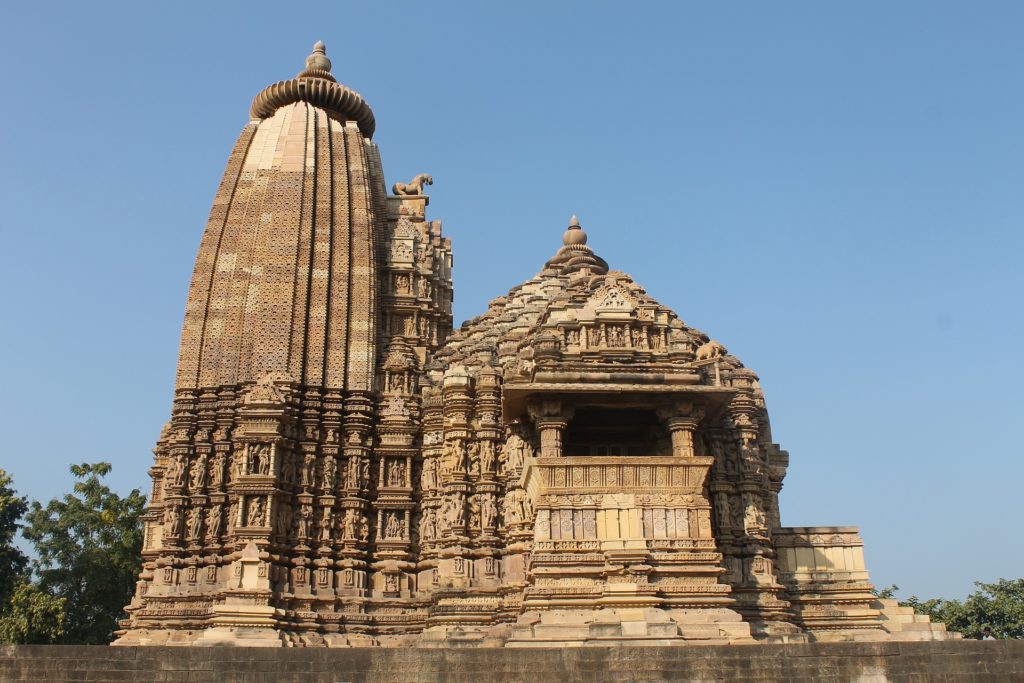
Gwalior Fort
Gwalior Fort is a prominent fortification of the Indian subcontinent. It is situated in the city of Gwalior, Madhya Pradesh. The fort is a popular tourist destination and is open to the general public. It has been ruled by several historic northern Indian kingdoms.
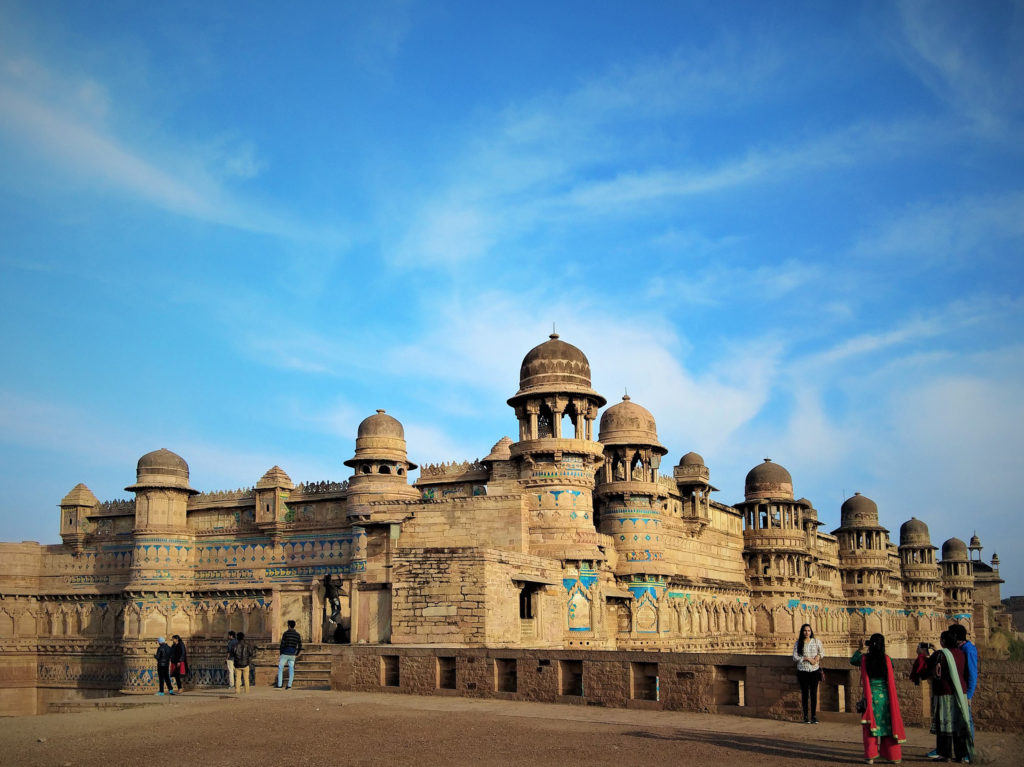
21. Maharashtra
Capital – Mumbai
Durgawadi Waterfalls
The Durgawadi waterfalls are located near Bagalwadi village, in the Mulshi taluka of Pune district, Maharashtra. The waterfalls are located on the west-flowing Ghod river and are accessible from the village of Kondhali. The Durgawadi Waterfalls are not very tall but are a beautiful natural attraction.This is also a common destination for trekking and camping.
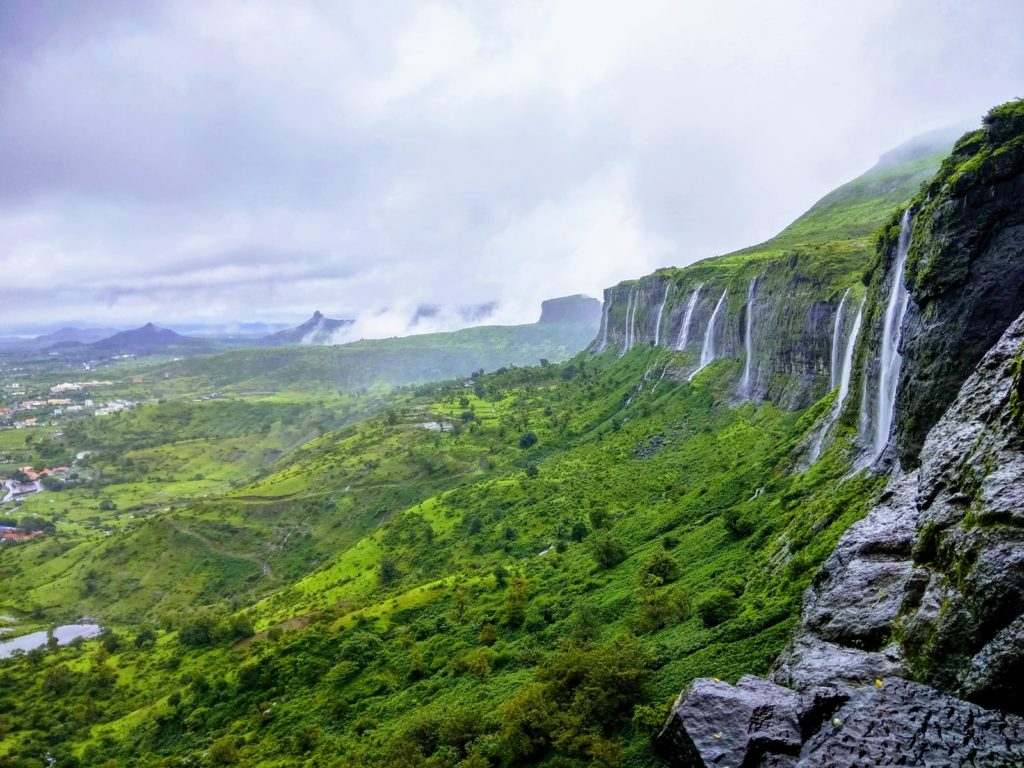
Torna fort
The Torna Fort is situated in the town of Torna, which is located in the state of Maharashtra. This fort was built by the Yadava king Ram Shah and was subsequently strengthened by the Mughals and the Marathas. Torna was very important during the Mughal period, as it was located on the trade route between the Deccan and the North. The fort has a lot of historical importance, and the place is still a popular tourist destination.
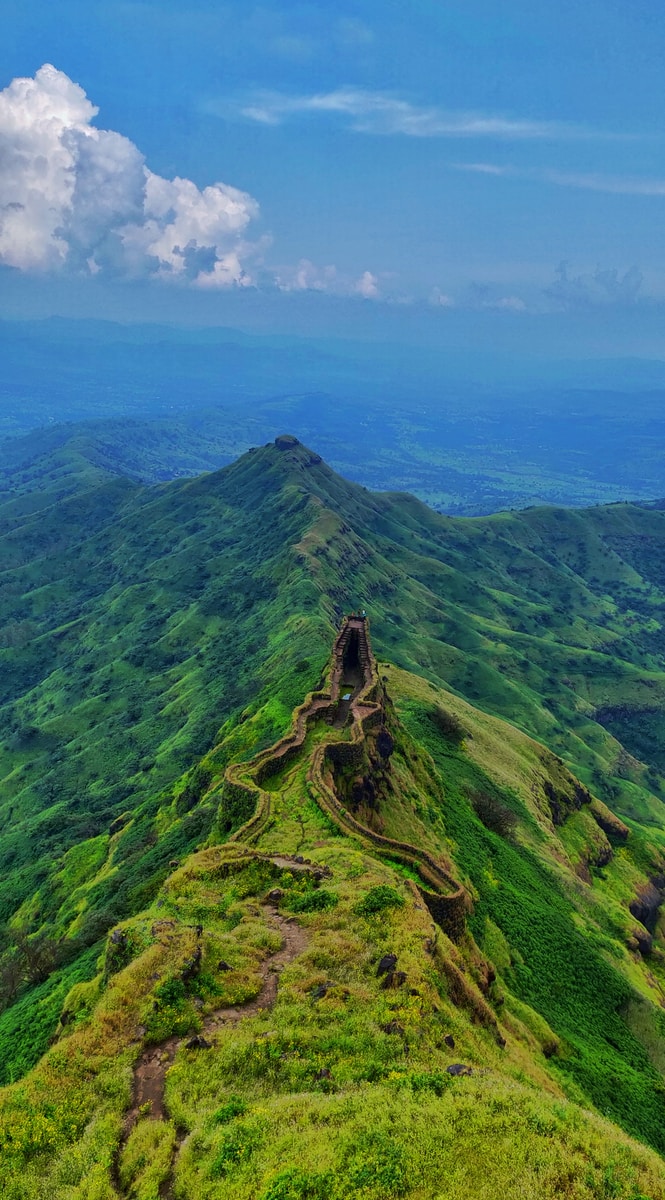
22. Manipur
Capital – Imphal
Loktak Lake, Moirang
Loktak Lake is a freshwater lake located in the Bishnupur district of Manipur state of India. The lake is the largest freshwater lake in the north-eastern region of India. It is also the largest freshwater lake in the whole of South Asia. The lake is also known as Maram in the Meitei language. The lake is located in the valley of the Himalayas and is spread over an area of almost 10 km. The lake and its associated wetlands have been recognized as a wetland of international importance by designation under the Ramsar Convention.
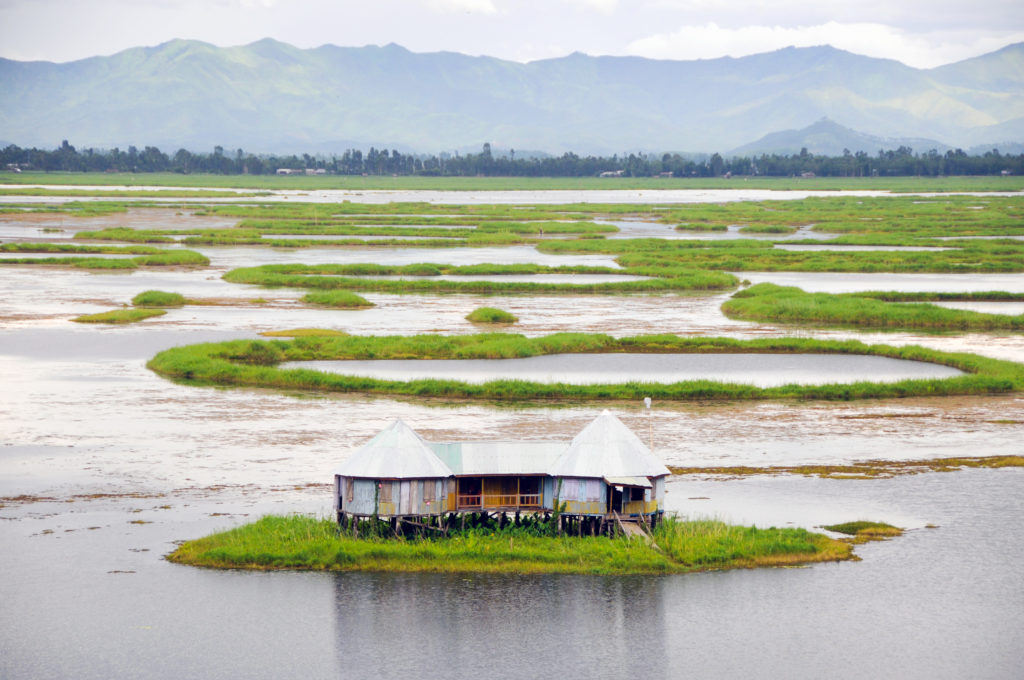
Lainingthou Sanamahi Temple
Manipur is a land of many temples and a land of many gods. One of the most famous temples of capital Imphal, the Lainingthou temple, is located at the foothills of the Kangla fort. This temple is dedicated to the mother goddess, Sanamahi, who is considered to be one of the most powerful deities of Manipur. The temple is considered to be very sacred and is situated in an area of Imphal that is considered to be of low pollution.
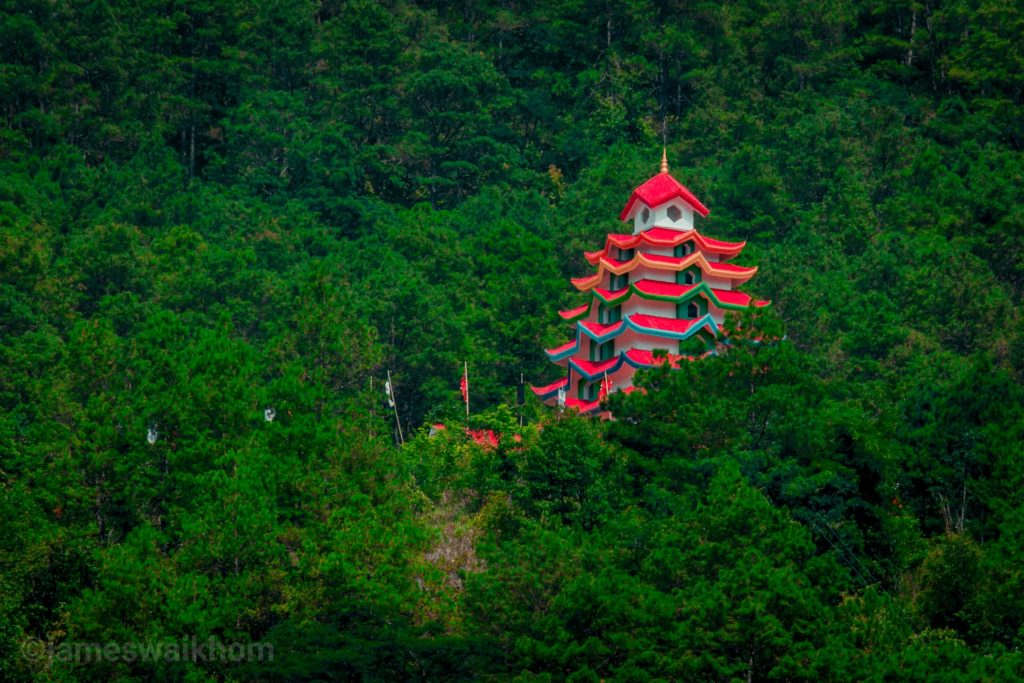
23. Meghalaya
Capital – Shillong
Living root bridges of Nongriat village in East Khasi Hills district, Meghalaya
Root bridges are a type of tree root architecture found in the North-Eastern state of Meghalaya in India. They use a naturally occurring species of Ficus elastica tree as the base for the bridge. The Nongriat village is the most famous place in Meghalaya where most of these are found. These bridges are built by the Khasi people, who have been using these natural bridges for centuries. One of the main purposes of these bridges is to provide a passage over the river, and for the people to connect with each other. The roots take almost a decade to form a sturdy enough base for the bridge. The bridges are made of living roots, so they will continue growing.
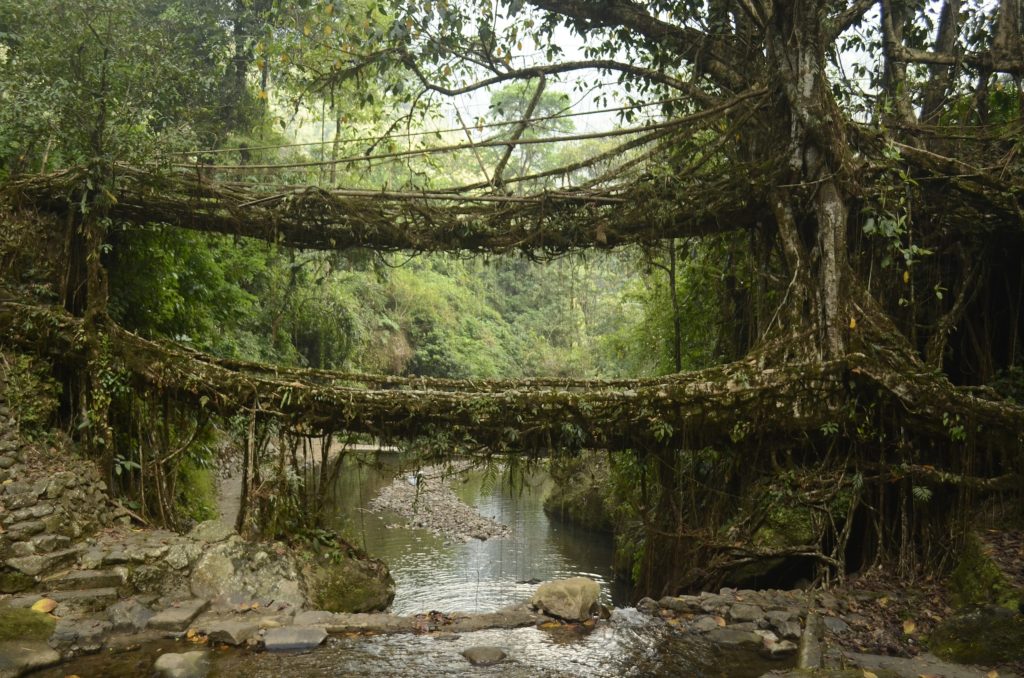
Krang Shuri Waterfalls
The Krang Shuri Waterfalls is a popular beautiful waterfall, located about 30 km from Jowai in the district of West Jaintia Hills, Meghalaya, and among the top places to visit in Jowai. It is a majestic fall located near Amlarem village of Jaintia Hills district and is one of the most exotic waterfalls in Meghalaya. It cascades down from a height of about 40 feet into a crystal clear blue pool.
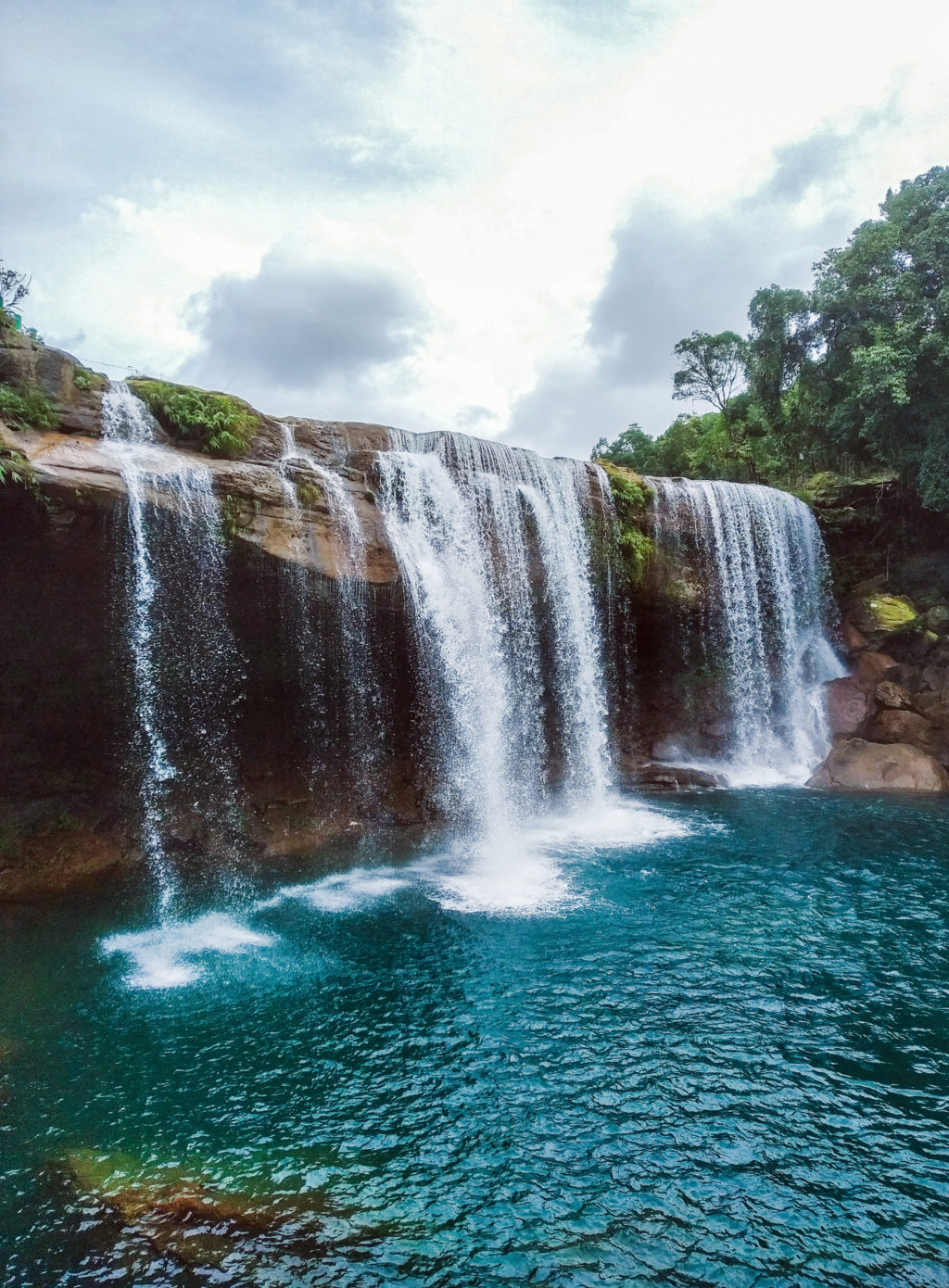
24. Mizoram
Capital – Aizawl
Castle of Beino (Kolodyne), Siaha District
Mizoram is a mountainous state nestling in the southern tip of the northeast region of India. The Western Region of Saiha in the Southern part of Mizoram boasts of a mesmerizing rock formation that resembles a castle. It is known for its geological marvel which is the craftsmanship of nature. Set in the pristine river of Koladyne, the Castle of Beino is a sprawling alley of rocks about 10 meters high on both sides of the river.
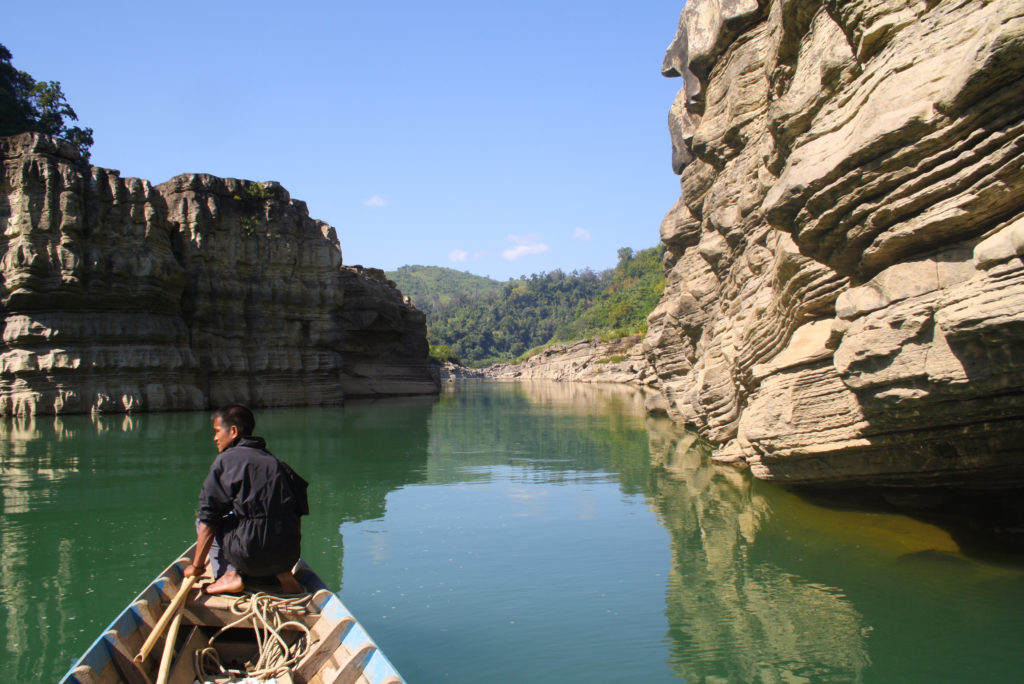
Beinô River
Beinô River is a river located in Mizoram and it starts from the deep valley of the Khawthlangtuipui mountain. It runs in a North-West direction through the city of Aizawl and joins the Kolasib river at the Zarkawt village. It is 60 km long and is a fast-flowing river with crystal clear water.
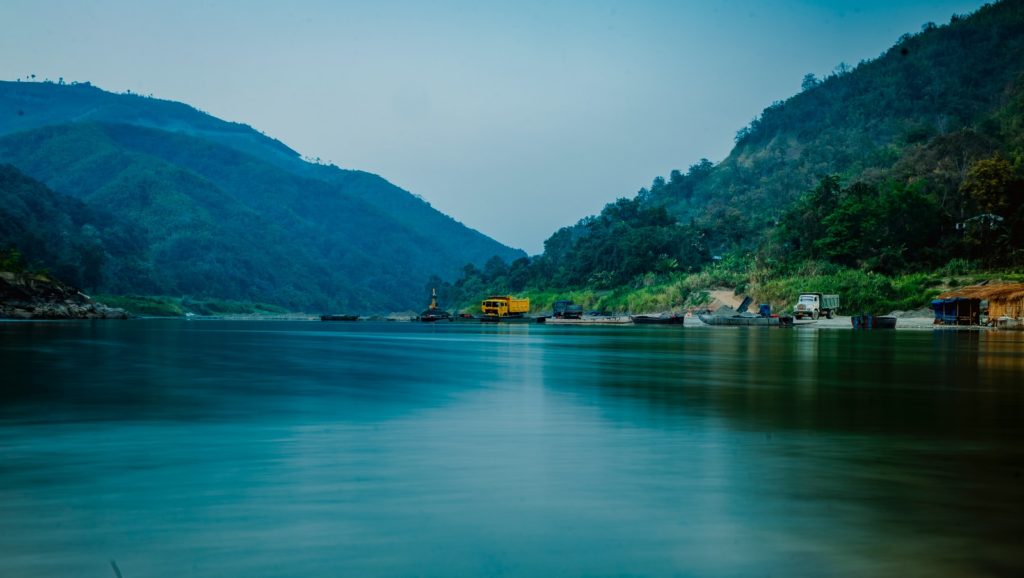
25. Nagaland
Capital – Kohima
Dzukou Valley
The Dzüko Valley is a valley located at the borders of the states of Nagaland and Manipur in Northeast India. This valley is well known for its natural environment, seasonal flowers, and flora & fauna. It is situated at an altitude of 2452 m above sea level. The valley borders a region of old-growth forest, and is home to several rare and endangered species of flora and fauna, including the Dzüko Lily.
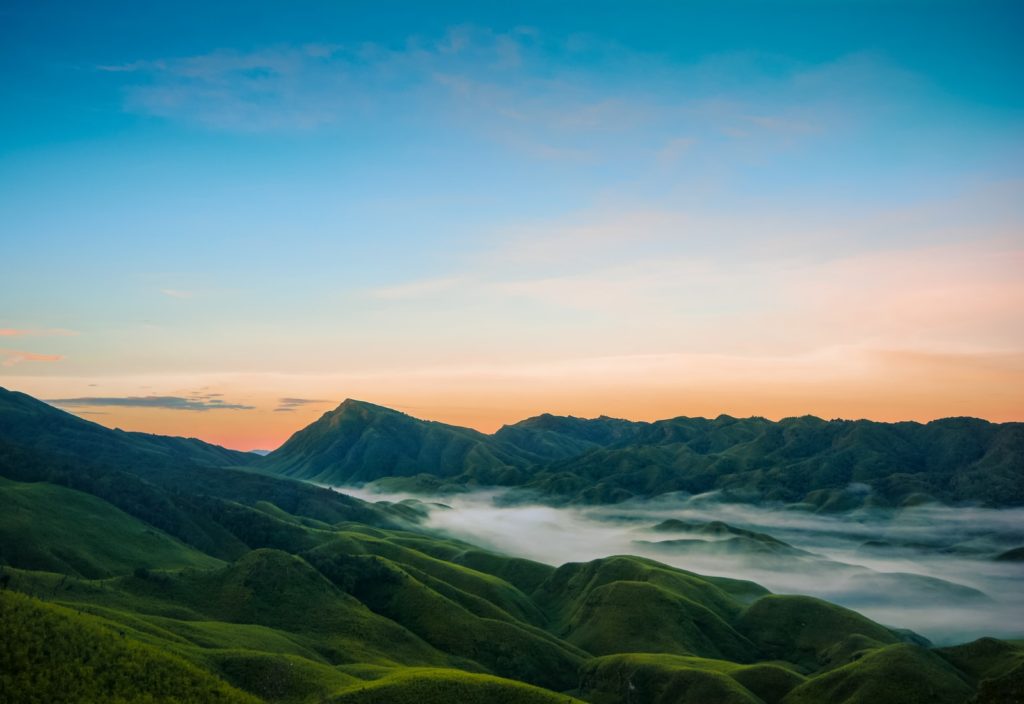
Zeliang Naga Tribesmen of Nagaland, rehearsing their traditional dance during Hornbill Festival
The Hornbill Festival is a traditional festival of the Nagas. The Hornbill Festival is celebrated annually in the month of December in Kohima, the capital of Nagaland. This important festival is celebrated with great fanfare. The festival is celebrated to commemorate the coronation of the King of Nagaland. This festival is celebrated for two days in a grand way.
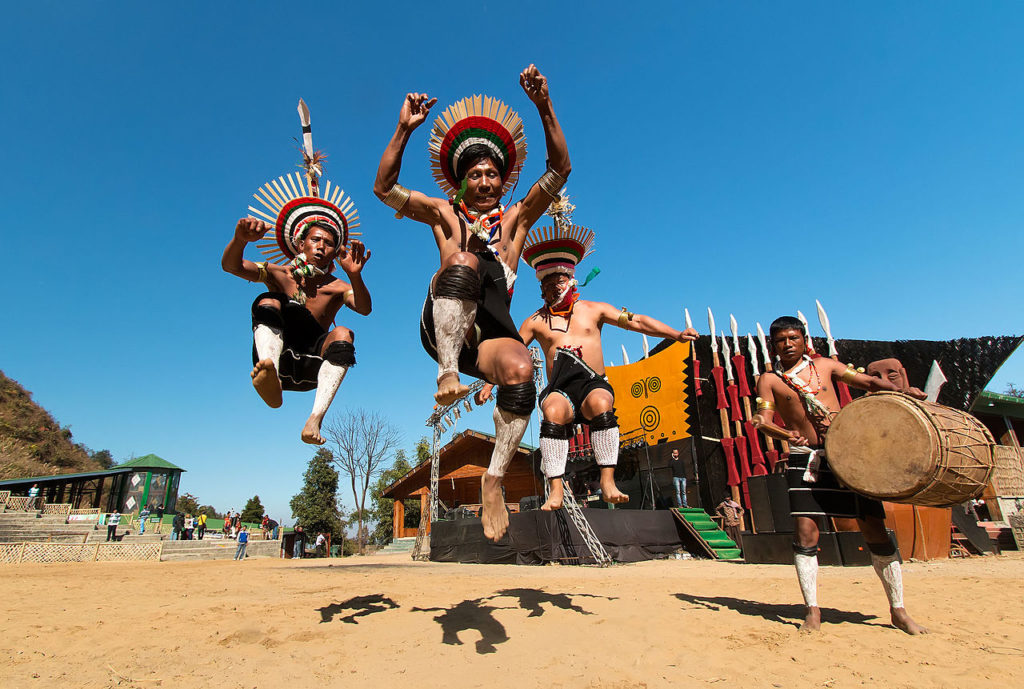
26. Odisha
Capital – Bhubaneswar
Joranda Falls
The Joranda Falls is a waterfall located in the core area of Simlipal National Park in Mayurbhanj district in Odisha. It has a total height of 150 meters (490 ft). The water plunges over a lofty cliff in a single drop, spreading out slightly as it falls.
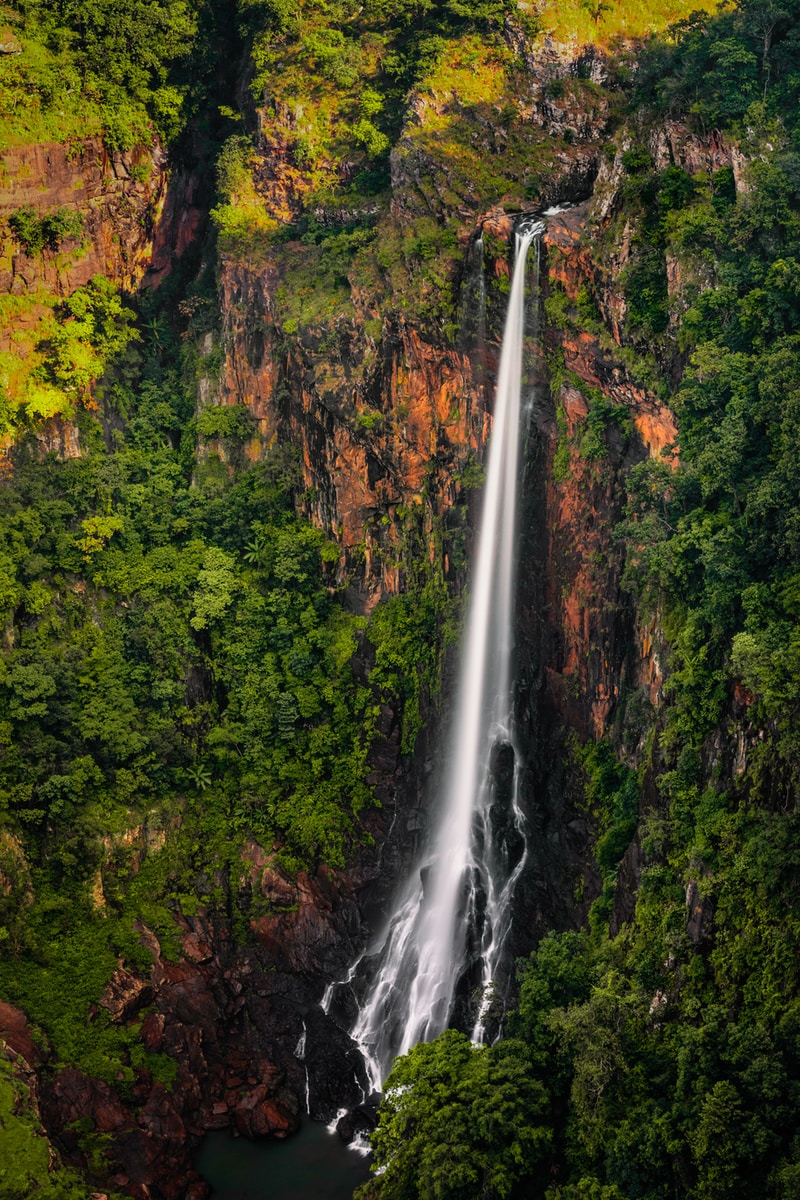
Lingaraj Temple
Lingaraj Temple is a Hindu temple dedicated to Lord Shiva in Bhubaneswar, Odisha, India. It is the single largest temple in Bhubaneswar and the most significant in Odisha. The temple was built in the 10th century by the Chedi dynasty kings. It is believed that Lord Lingaraj was consecrated in the year 949 and in the same period the capital city of Kalinga was built and named after the deity. It is said that it is the first temple in Bhubaneswar and the second in India where Lord Lingaraj was consecrated.
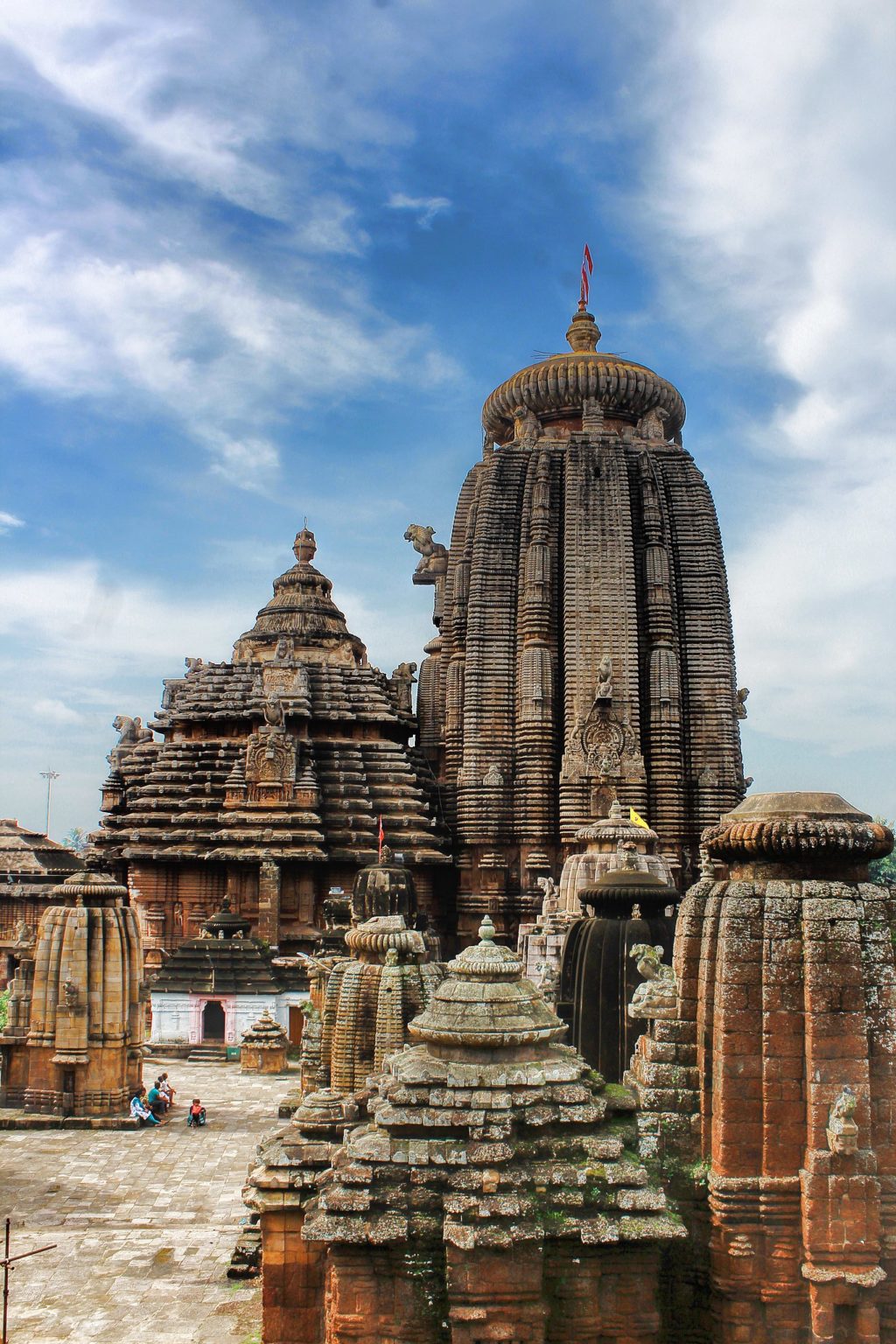
27. Puducherry (Pondicherry) (UT)
Capital – Pondicherry
Pondicherry Port
Pondicherry Port is a seaport, a natural harbor, located in the city of Pondicherry on the Coromandel Coast of the Bay of Bengal. It is India's third busiest port and the biggest container port in the state of Puducherry. The port was built in 1877 and upgraded in 1996.
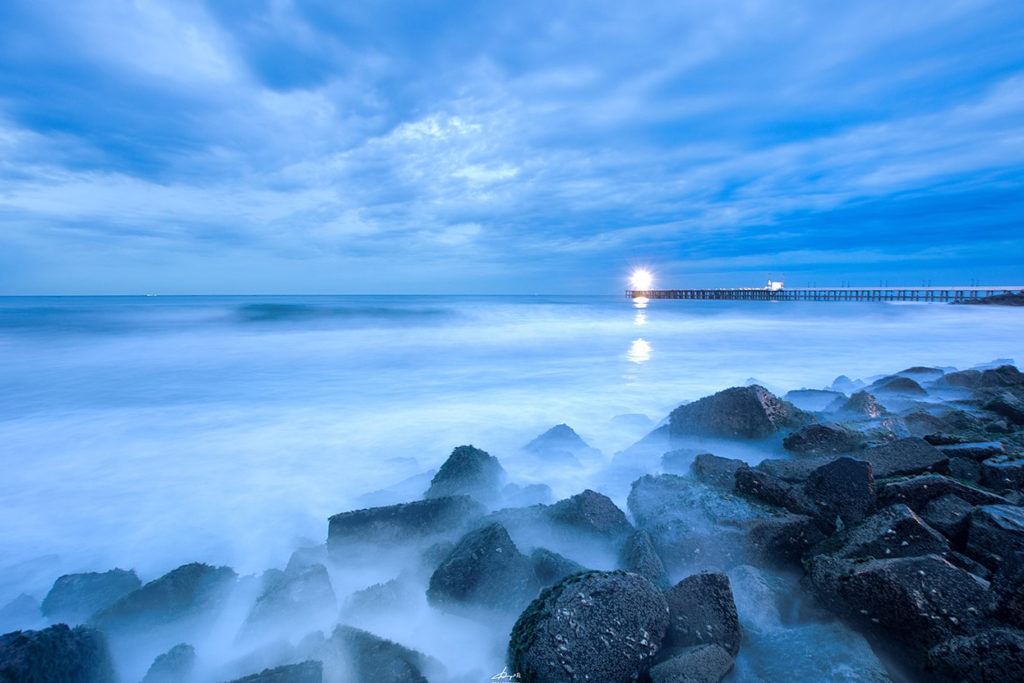
French colony
The city of Pondicherry is a popular historical tourist destination. Many monuments are built in the French style of architecture which gives Pondicherry a unique place among other destinations. The French influence is visible in the old buildings, churches, and in fact in the entire city. The French colony is home to colonial mansions and were built during the French rule in the Indian subcontinent.
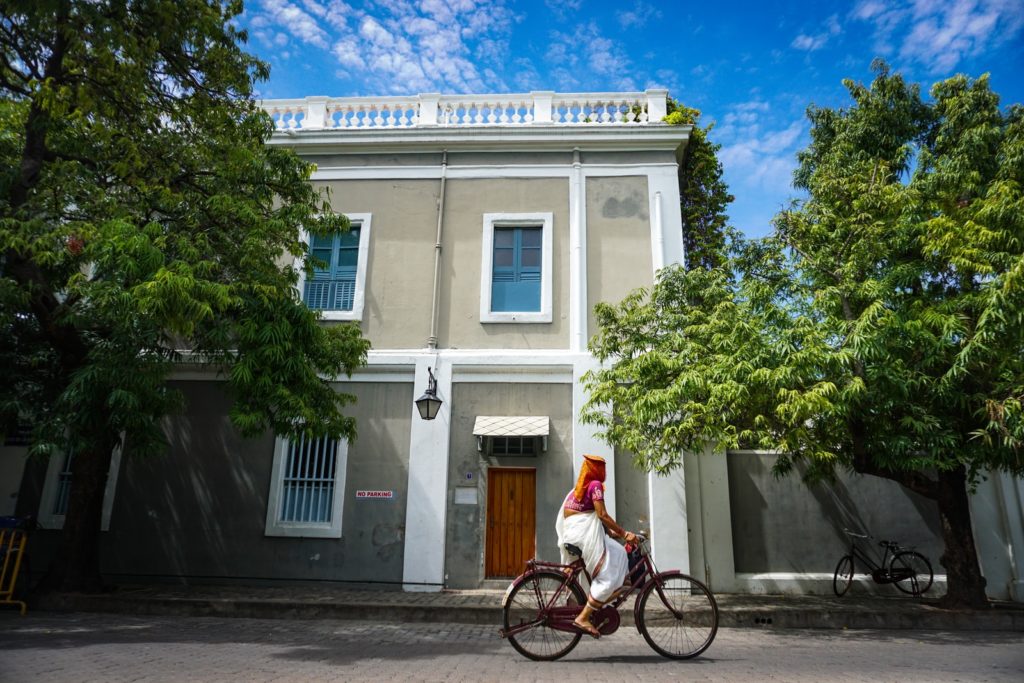
28. Punjab
Capital – Chandigarh
Golden Temple, Amritsar
Golden Temple is located in Amritsar, Punjab. A sacred and holy place for the Sikhs, Golden Temple is considered the most important of all Sikh shrines. It is one of the five Takhts, the highest institutions of the authority of Sikhism. The main temple is the Harmandir Sahib, also known as the Golden Temple. The temple is situated in the middle of a large body of water, known as the Amrit Sarovar or the Holy Pool, which is said to be the site where the First Sikh Guru, Guru Nanak Dev Ji, had first arrived and decided to settle. The Gurdwara is the most prominent and famous landmark of Amritsar.
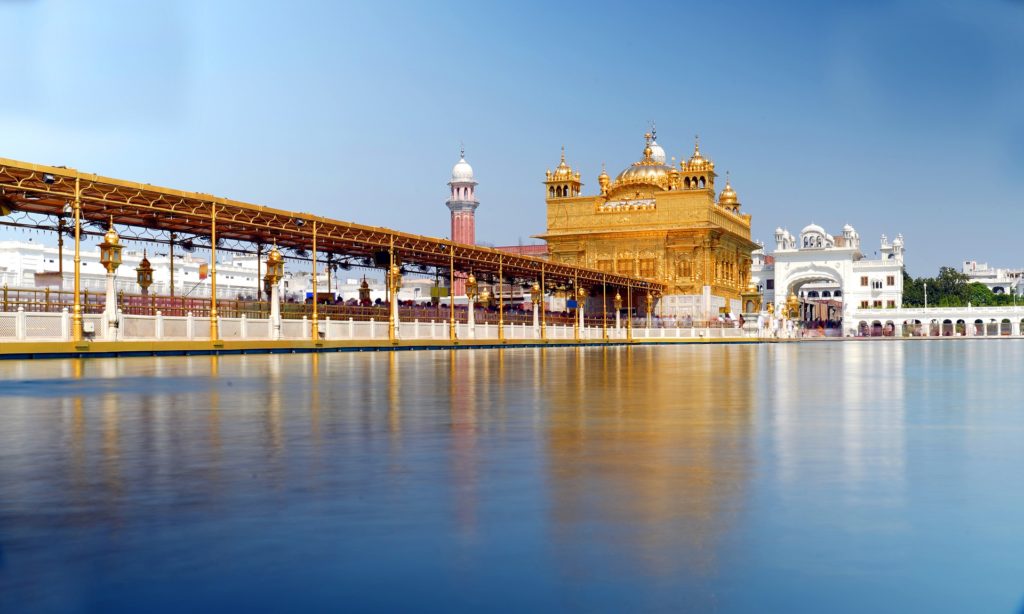
Ustad's Tomb, Nakodar
Nakodar is a town near Jalandhar, Punjab, India. Nakodar is famous for Ustad's Tomb. Ustad is a title given to a master of any type of work. The tomb is of a man who was an architect & engineer responsible for the construction of Qila Mubarak, which is now in ruins. Qila Mubarak was built by Sultan Ahmed Shah, the ruler of the region in the year 1458. The tomb is now housed in a small mosque complex.
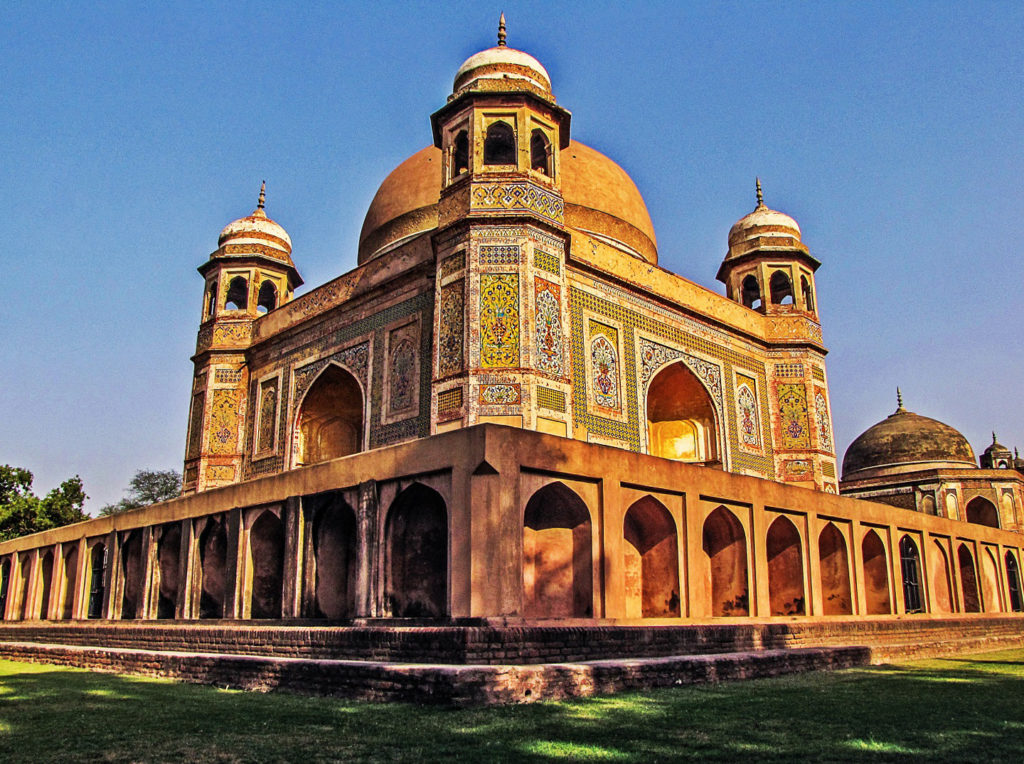
29. Rajasthan
Capital – Jaipur
Jaisalmer Fort
Jaisalmer Fort is one of the largest forts in India, located in the state of Rajasthan. It was built in 1156 AD by the Rajput ruler Rawal Jaisal. The fort is situated at the heart of the city and was built in such a way that it is surrounded by the city. The architecture of this fort is quite unique and is known for its massive structure. It is also famous for its artistic paintings and engravings. These paintings and carvings depict the life and culture of the Rajputs.
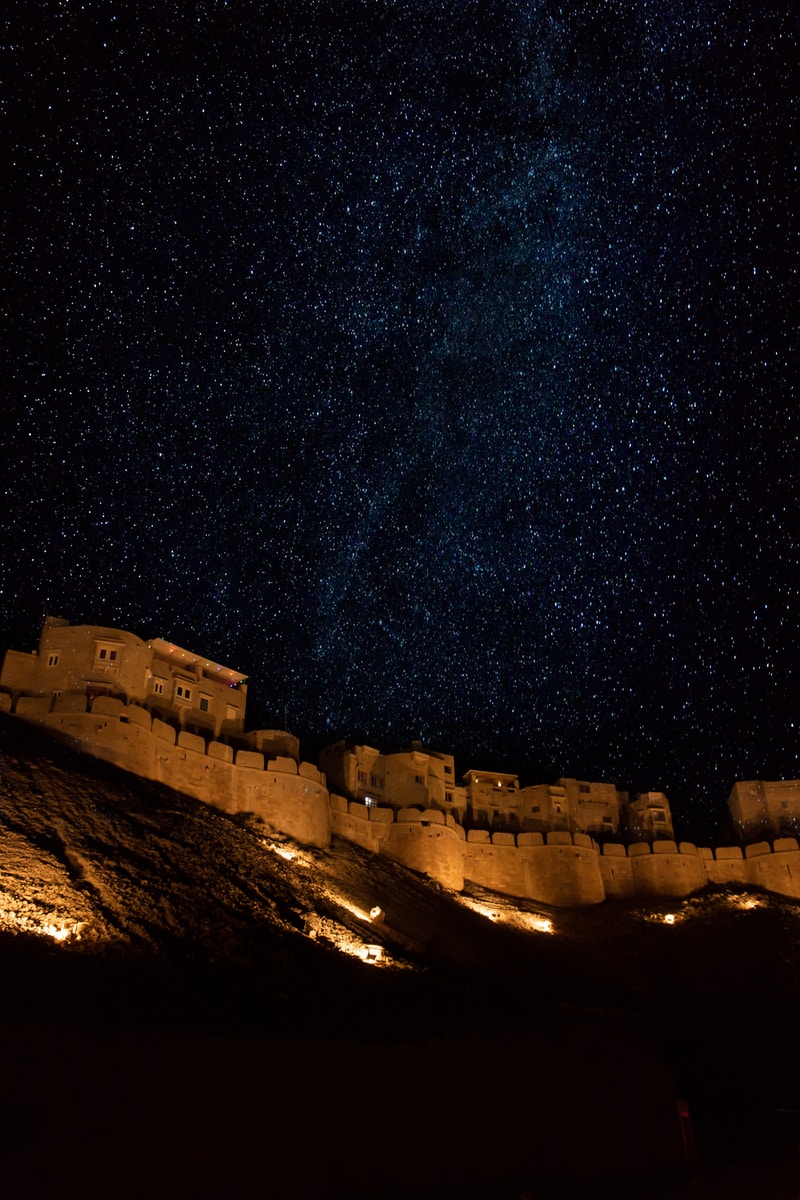
Amber Fort, Jaipur
Amber Fort is the greatest monument in Jaipur's royal capital. It was constructed by Raja Man Singh I of Amber. Located 3km away from Jaipur city center, this monument is not only a perfect example of the Rajputana style of architecture but also one of the most beautiful forts in India. It is a huge fort, overlooking Maota Lake and the city of Jaipur. This monument is built on a hillock which is surrounded by a wall with seven gates, has three palaces, lush green gardens, temples, and pavilions. The most important attraction of this monument is the Diwan-i-Khas, where the royal family used to sit and enjoy their royal dinner parties.
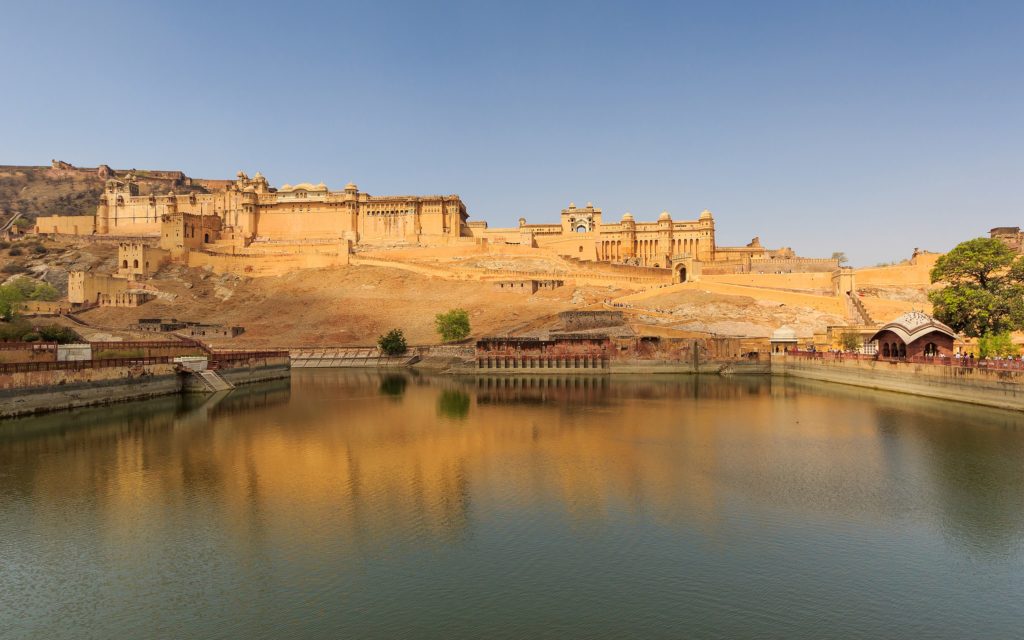
30. Sikkim
Capital – Gangtok
Gurudongmar Lake
Gurudongmar Lake is located in the North Sikkim district of the Indian state of Sikkim, at a height of 5,425 m, near the Indo-China border, and is one of the highest lakes in the world. It is considered sacred by Buddhists, Sikhs, and Hindus. The lake is named after Guru Padmasambhava, also known as Guru Rinpoche, founder of Tibetan Buddhism, who visited in the 8th century.
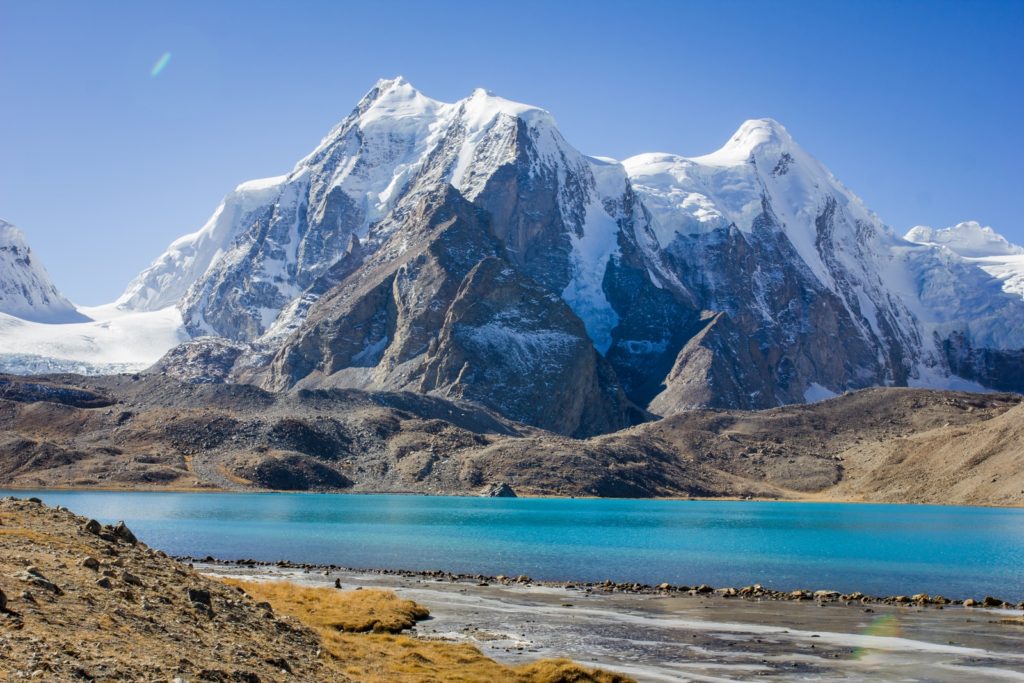
Zuluk
Zuluk is a small hamlet located at a height of 9,400 feet (2,900 m) on the rugged terrain of the lower Himalayas in the Rongli Subdivision of East Sikkim. This small village accommodates a population of around 306 people and 65 households. It was once a transit point to the historic Silk Route from Tibet to India. The silk route that connected Lhasa (Tibet) to Kalimpong was in use until a few decades ago before the Chinese invasion of Tibet.
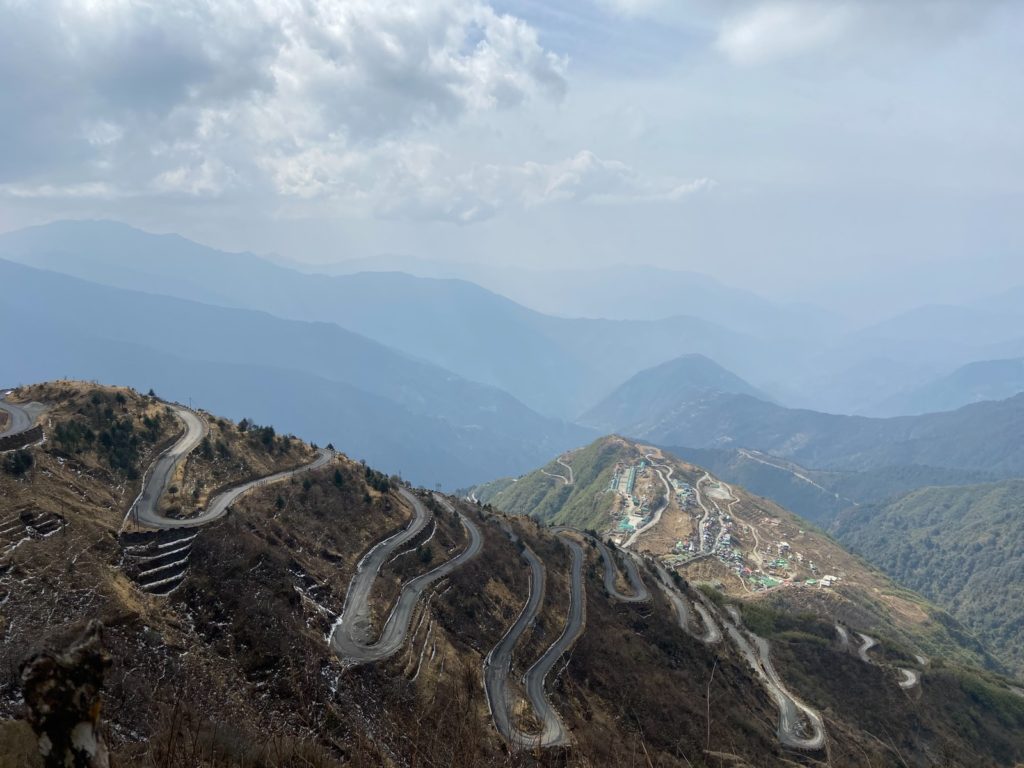
31. Tamilnadu
Capital – Chennai
Pillar Rocks, Kodaikanal
Pillar Rocks are formed with three granite boulders that stand shoulder to shoulder creating an impressive sight. The vertical height of the rocks is almost 122 meters (400 feet) which adds to their magnificence. The chambers between the pillars are referred to as the devil's kitchen, and there’s a beautiful public garden just adjacent that offers a great view of the structure.
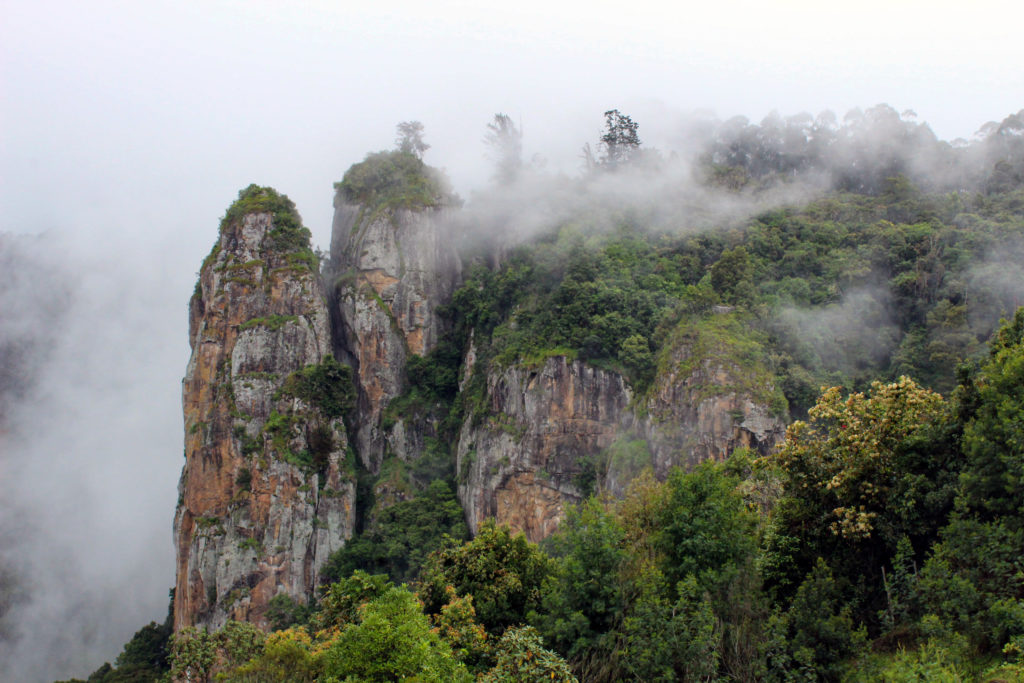
Hogenakkal Falls
The Hogenakkal Falls is a waterfall in South India and is a waterfall on the Kaveri river. It is sometimes referred to as the “Niagara Falls of India.” Carbonatite rocks in this site are considered to be the oldest of their kind in South Asia and one of the oldest in the world.
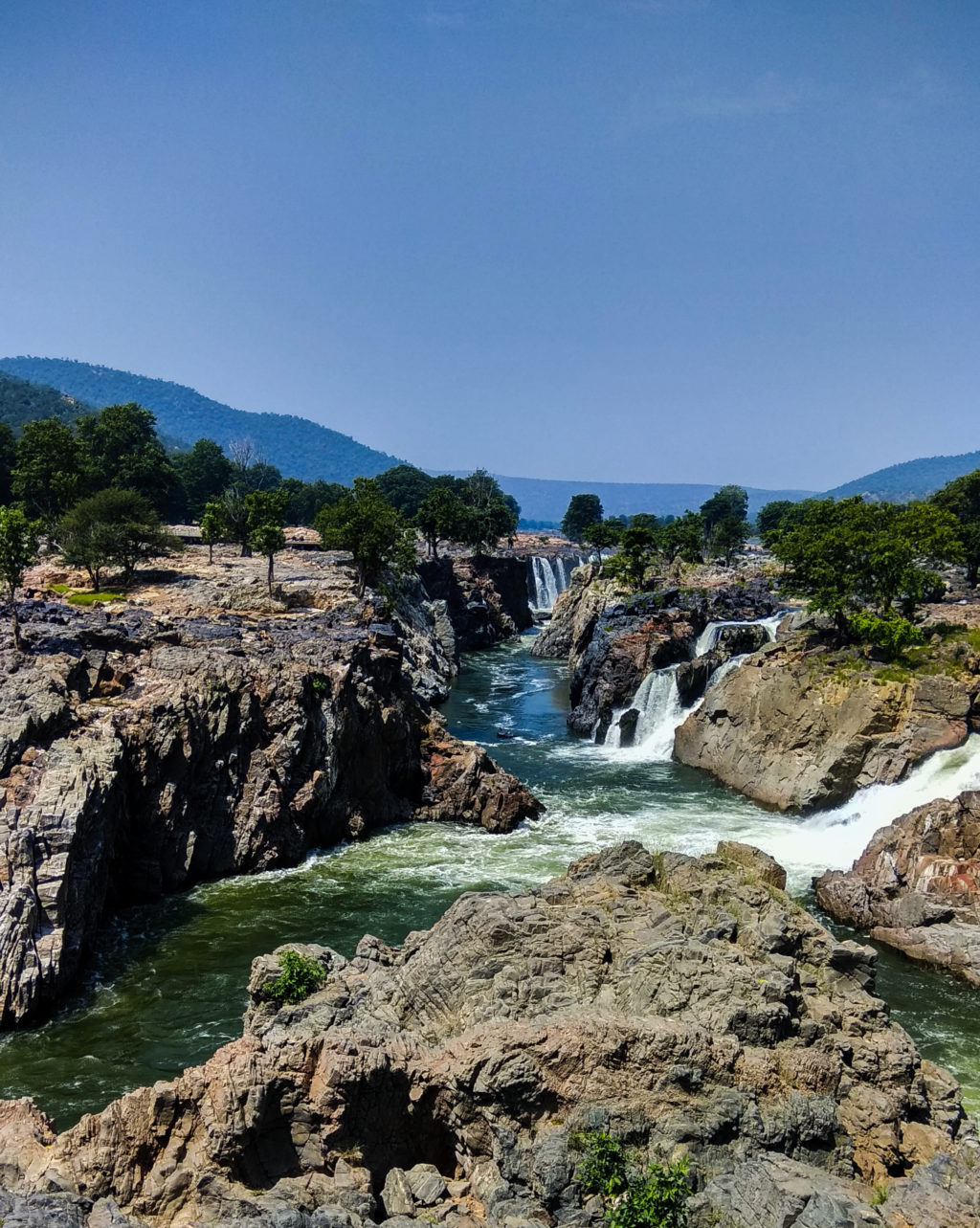
32. Telangana
Capital – Hyderabad
Charminar
The Charminar (four pillars) constructed in 1591, is a monument and mosque located in Hyderabad, Telangana. The Charminar's long history includes the existence of a mosque on its top floor for more than 400 years. While both historically and religiously significant, it is also known for its popular and busy local markets surrounding the structure. Charminar is also a site of numerous festival celebrations, such as Eid-ul-Adha and Eid al-Fitr.
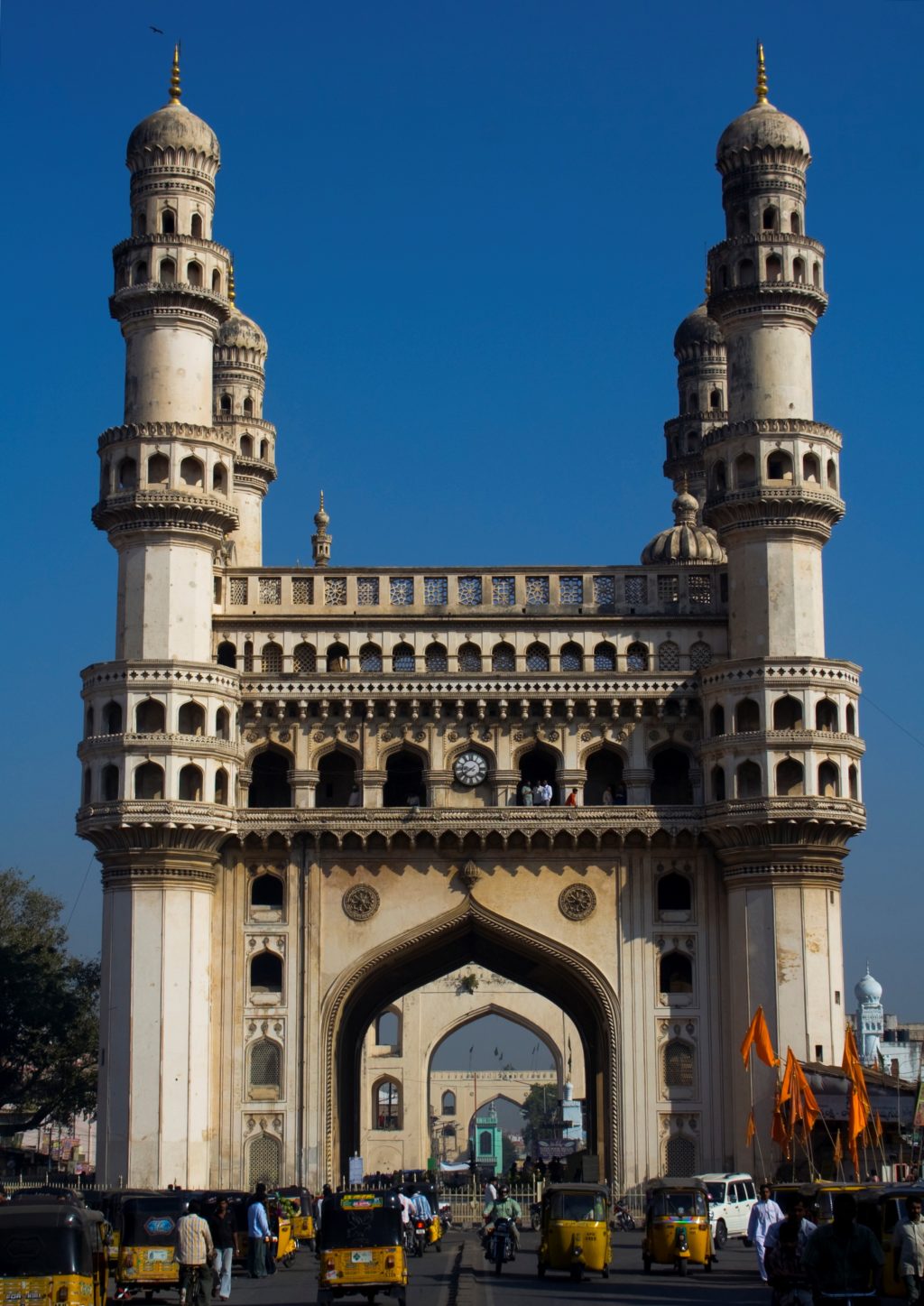
Qutb Shahi Tombs
Qutb Shahi Tombs is a collection of tombs located in Hyderabad, India. The necropolis is a protected monument under the Archaeological Survey of India. It was built by the Qutb Shahi dynasty of Golconda rulers in memory of their dead. Quli Qutb Mulk, the first ruler of the dynasty, is believed to be the founder of the mausoleum. The tombs were built between 1591 and 1672, during the reign of five of the Qutb Shahi rulers. The tombs of Sikandar Lodi, Ibrahim Lodi, and Mohammad Bahamanid Lodi, who were once rulers of Punjab and were killed in the second battle of Panipat (1526), are also present in the necropolis.
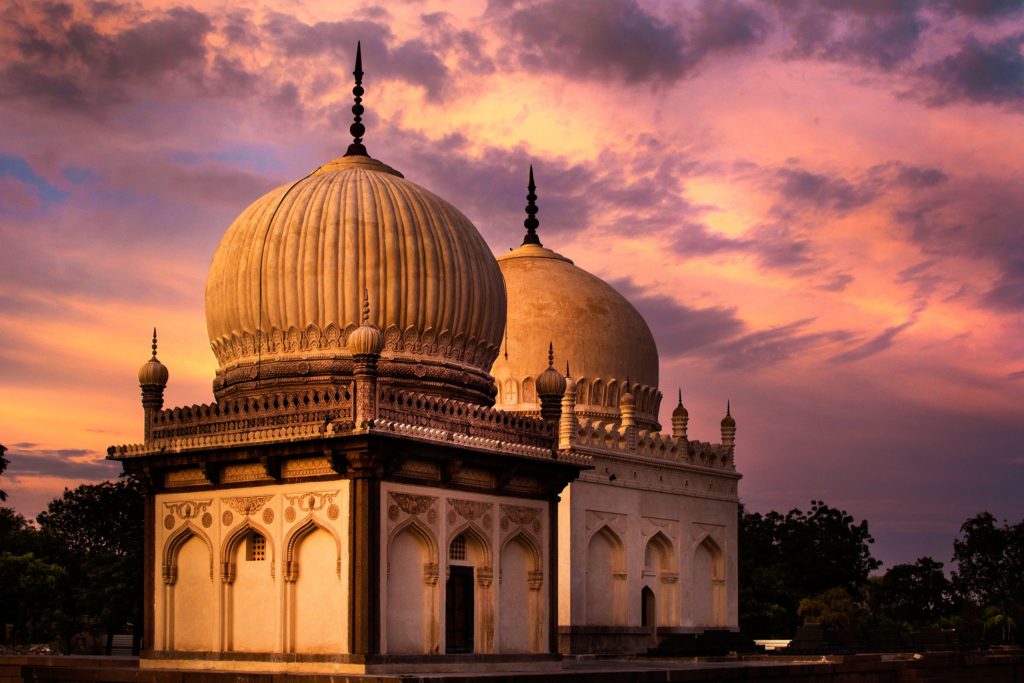
33. Tripura
Capital – Agartala
Neermahal Palace
Neermahal palace is a famous Palace in India and is situated in a small town called Agartala in the state of Tripura. It is a palace of the Tripura royal family and is located on top of a small hill. It is called “Neermahal” which means “water palace” and is considered one of the most spectacular buildings of the state. The palace is also known as “Wind Palace” for its amazing design that allows wind to pass through it.
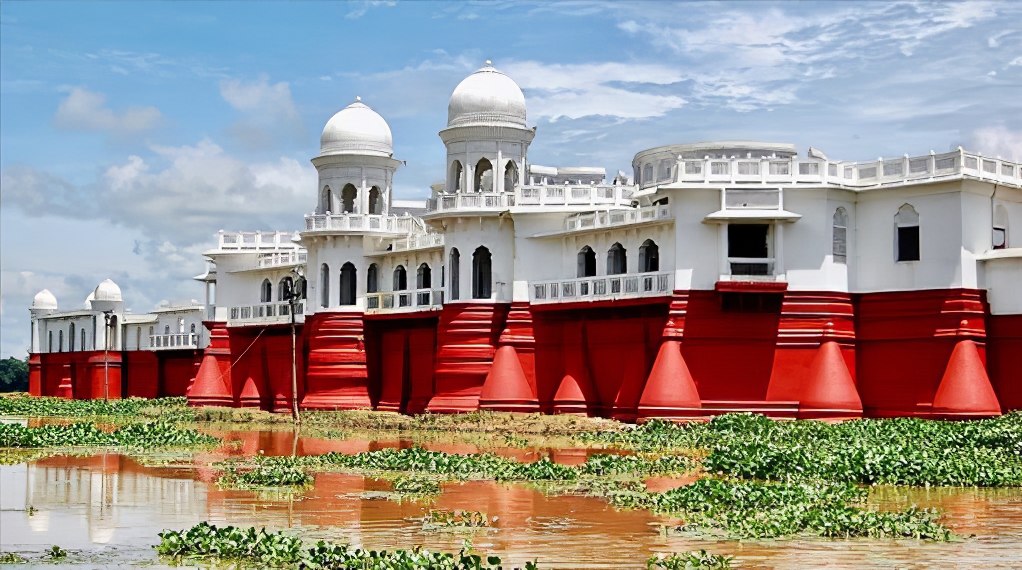
34. Uttar Pradesh
Capital – Lucknow
Rumi Darwaza, Lucknow
Rumi Darwaza is a gateway in the old wall of the city of Lucknow in Uttar Pradesh, India. It is considered to be one of the most beautiful structures of the city and was built by Nawab Asaf-ud-Daula, the fourth Nawab of Awadh, in 1784. He built it as part of the city's fortifications. Its location was chosen because it was an ideal strategic spot for keeping an eye on the city. The massive gateway rises up to a height of 50 feet. The two sides of the gateway are adorned with panels of inscriptions. These inscriptions are known as the “Mu'azzam Gate Inscription” and were written by Haider Ali.
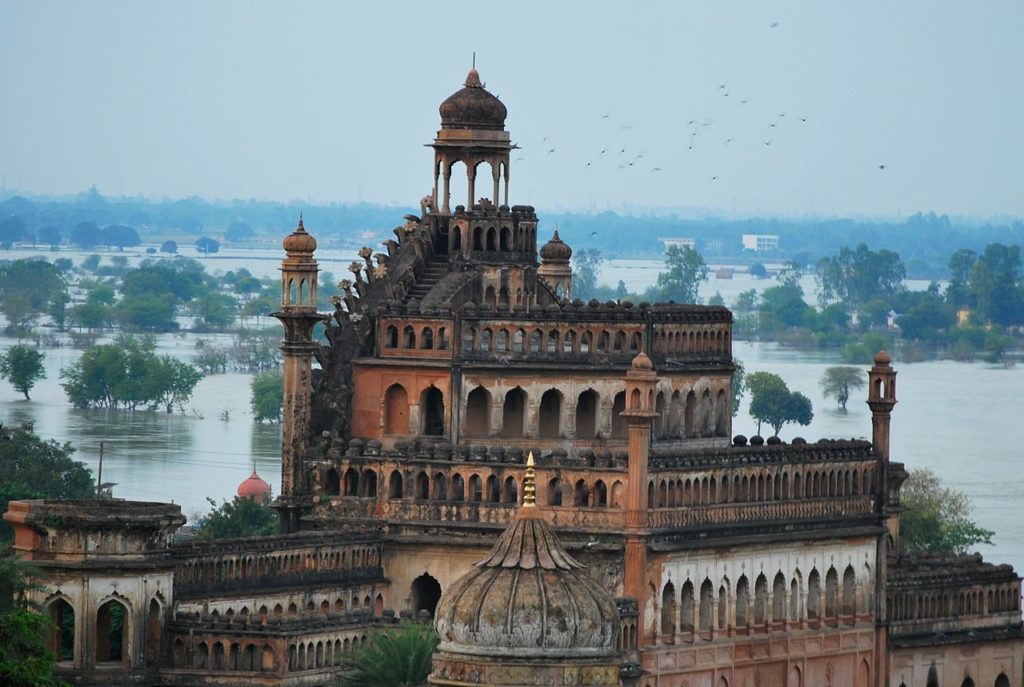
Varanasi
Varanasi is a city on the banks of the river Ganges in Uttar Pradesh. A major religious hub in India, it is the holiest of the seven sacred cities in Hinduism and Jainism and played an important role in the development of Buddhism and Ravidassia. The city is known worldwide for its many ghats, embankments made in steps of stone slabs along the river bank where pilgrims perform rituals.
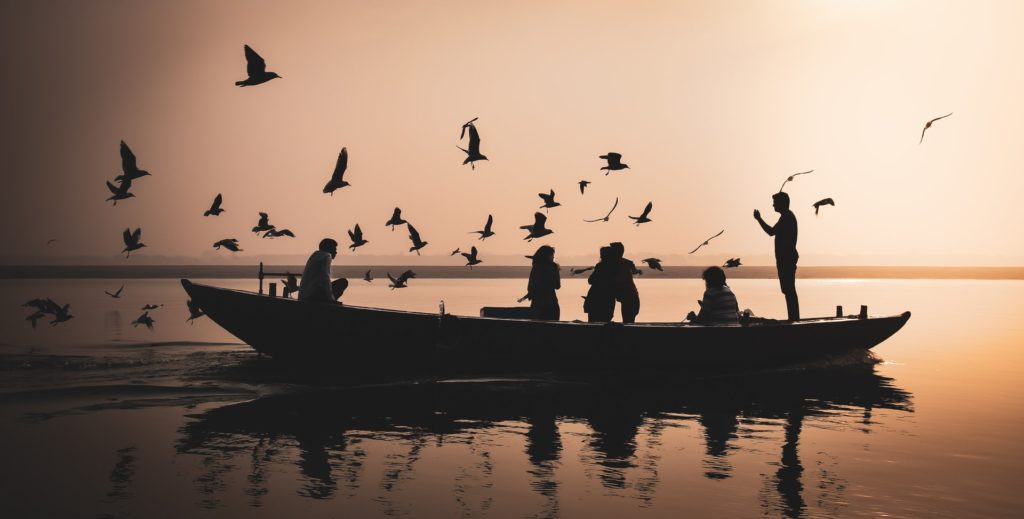
35. Uttarakhand
Capital – Dehradun, Gairsain (Summer)
Kedarnath
Kedarnath is located at a distance of 223 km from Rishikesh in Uttarakhand and close to the source of the Mandakini River at the height of 3,583 m above sea level. The township is built on a barren stretch of land on the shores of the Mandakini river. The surrounding scenery of the Himalayas and green pastures makes it a very attractive place for trekking. Behind the town and the Kedarnath Temple, stands the majestic Kedarnath peak 6,940 m, Kedar Dome 6,831 m, and other peaks of the range.
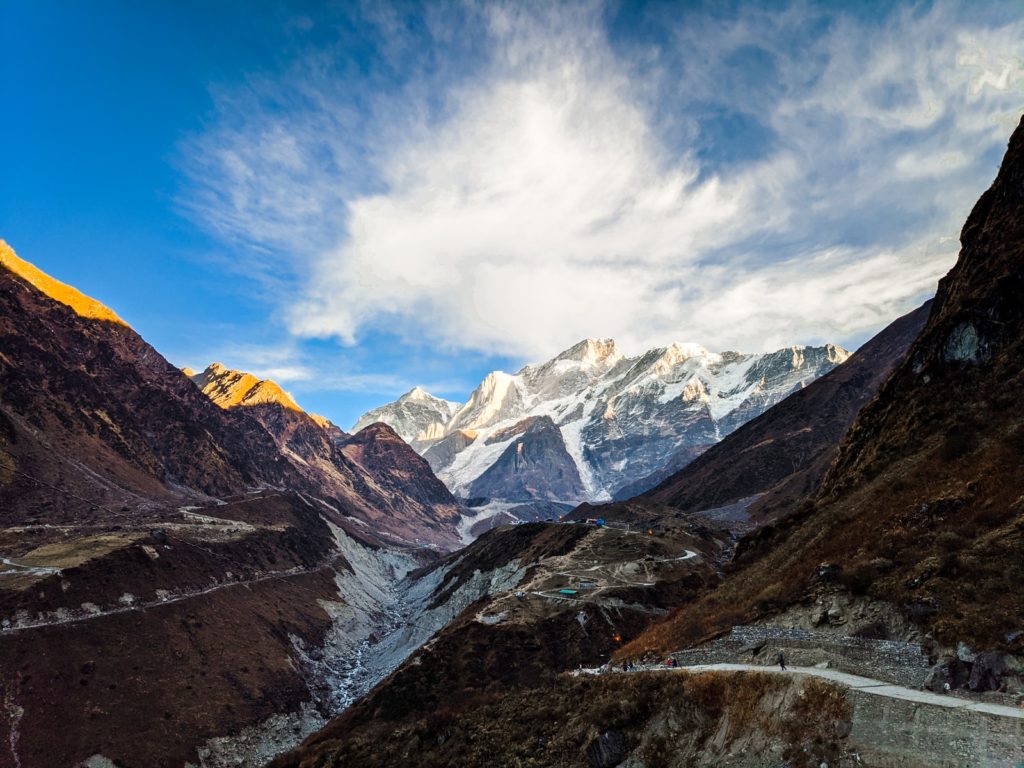
Brahma Tal
Brahmatal is an alpine medium size lake at 3240 m and this captivating trekking destination is on a hiking trail from Lohajung. The lake remains frozen and is often filled with snow during winters. During summer and post-monsoon, the alpine meadows in this area remain lush green. The trek to this lake provides an opportunity to see high Himalayan snowy peaks.
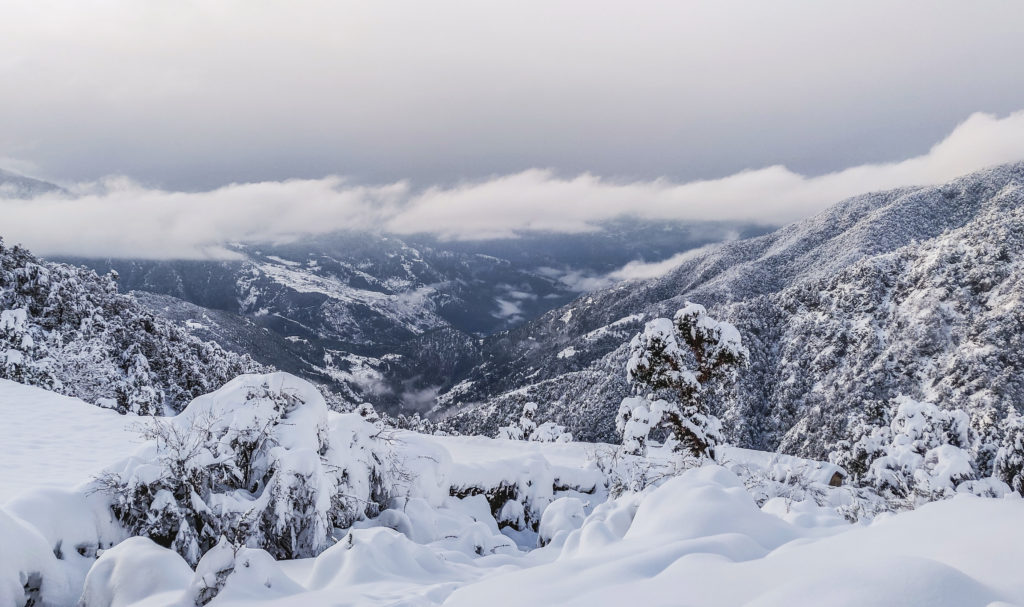
36. West Bengal
Capital – Kolkata
Prinsep Ghat, Kolkata
The Prinsep Ghat is one of the oldest, most historic, and well-known ghats in Kolkata. It is named after Sir James Prinsep who worked for the British East India Company. The steps to the ghat, which is located at the confluence of the Hooghly and the Ganges, are bordered by a parapet wall that is covered with hundreds of inscriptions of the names of people who lived in the city in the 19th century. The ghat is also the site of the first-ever Anglo-Indian War Memorial that was built by the British in 1930.
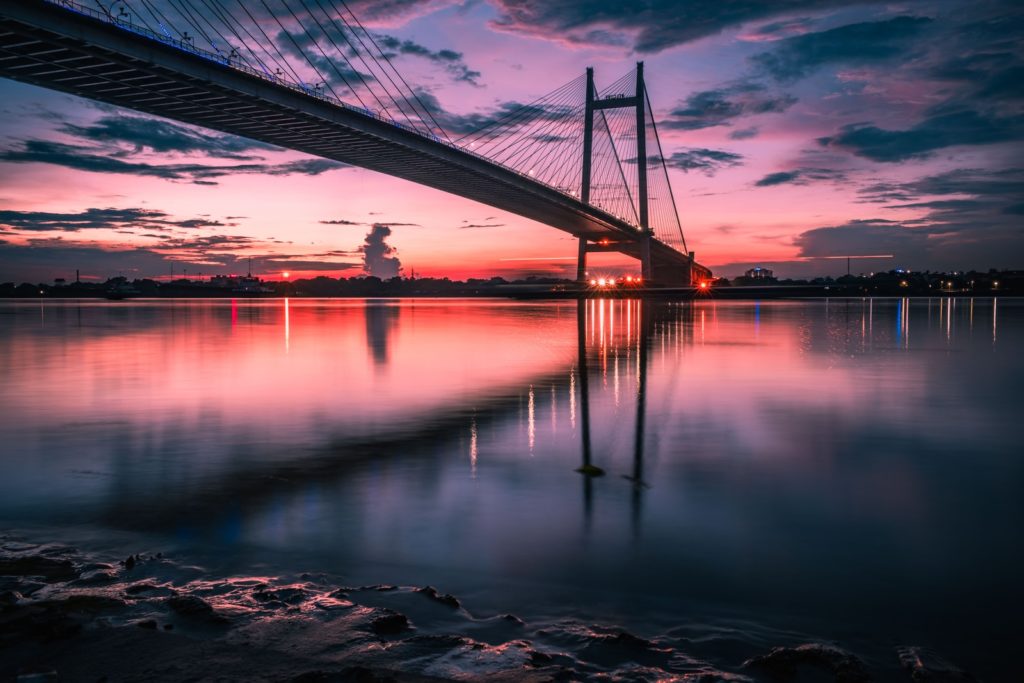
Darjeeling
Darjeeling is located in the Lesser Himalayas at an elevation of 2,000 meters. It is noted for its tea industry, its views of the world's third-highest mountain Kangchenjunga, and the Darjeeling Himalayan Railway, a UNESCO World Heritage Site.
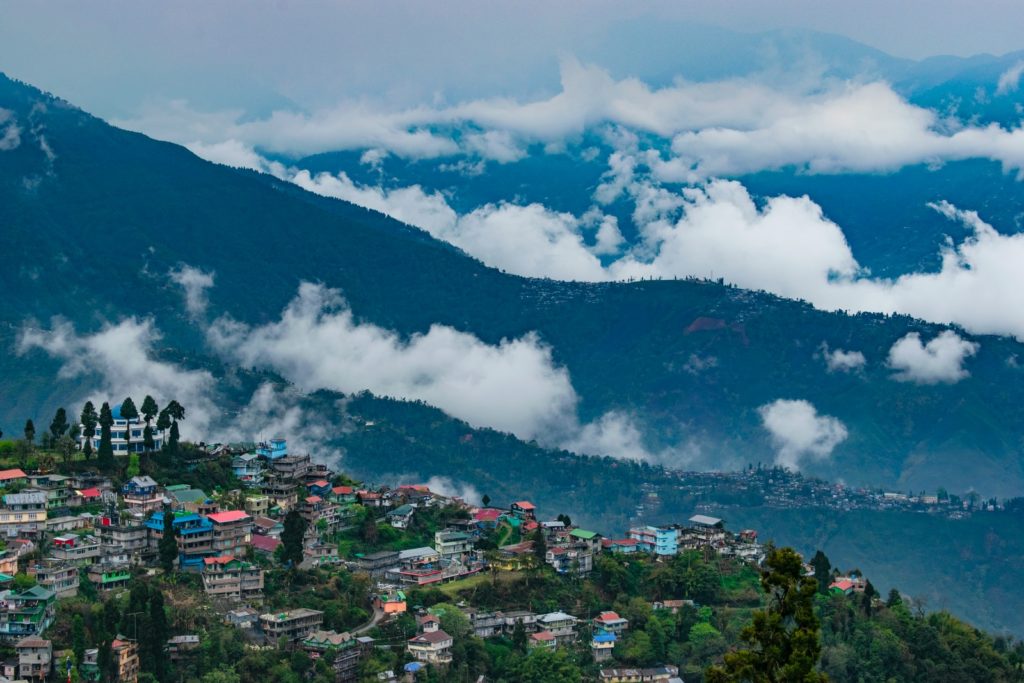
With one of the oldest civilizations in the world, India is a land of multicultural and traditional experiences. It extends from the snow-capped Himalayan mountains in the North to tropical rainforests in the South with a variety of mesmerizing landscapes, flora and fauna, architectural heritage, serene ghats, and many national parks. Besides, the streets are very colorful and unique to each state making it a great place for street photographers. Moreover, the colorful celebrations are a great time to see and capture the spirit of the festivals in India.

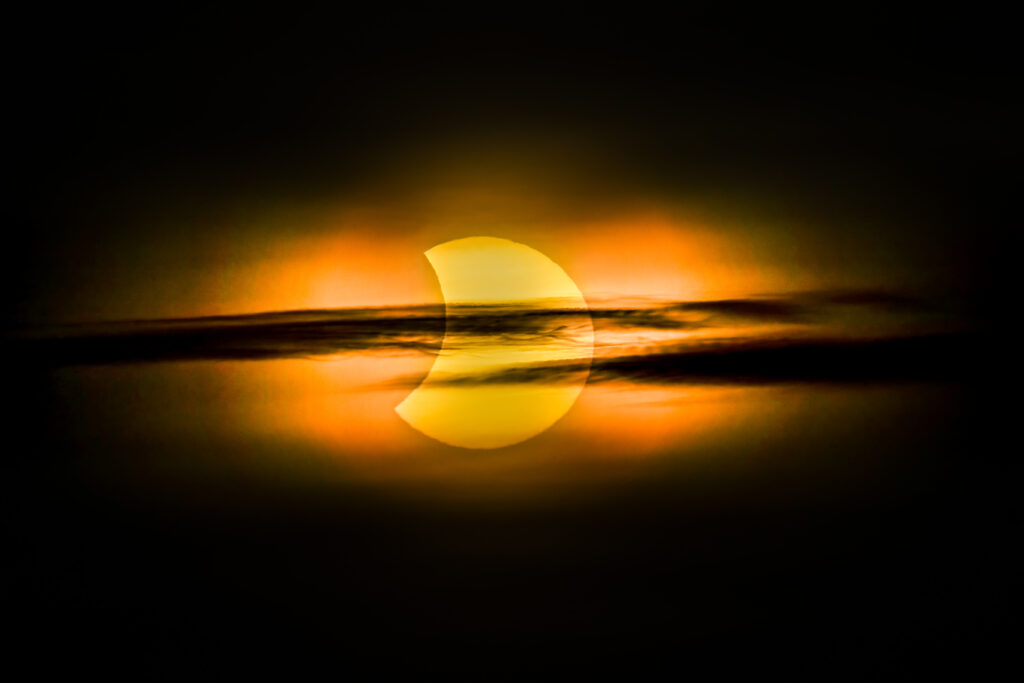
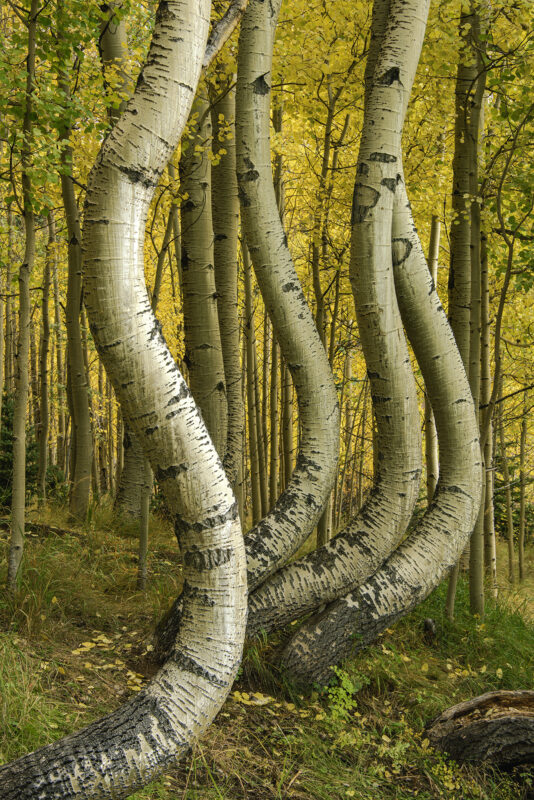

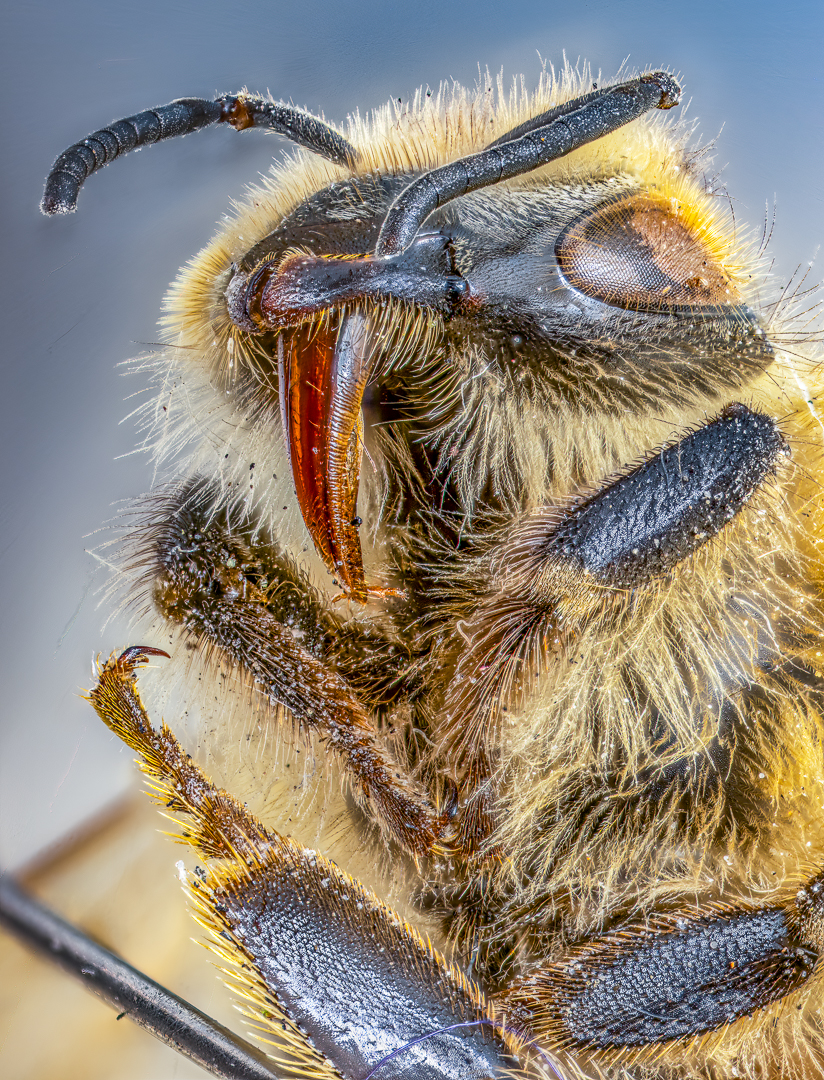
5 Comments
Just incredible Dahlia , without your writing above one could very easily think all these beautiful places were different countries around the world , totally awesome 🙂
Hi Patrick, thank you. Happy to know that liked the post 🙂
Great article with marvelous images! I’ve been to India but unfortunately did not take advantage of these locations!
Hi Brian, thank you for going through and glad you liked the article 🙂
Dear Dahlia, thank you so much for including one of my photographs as one of the 71 photographs of India. Just came across the same.